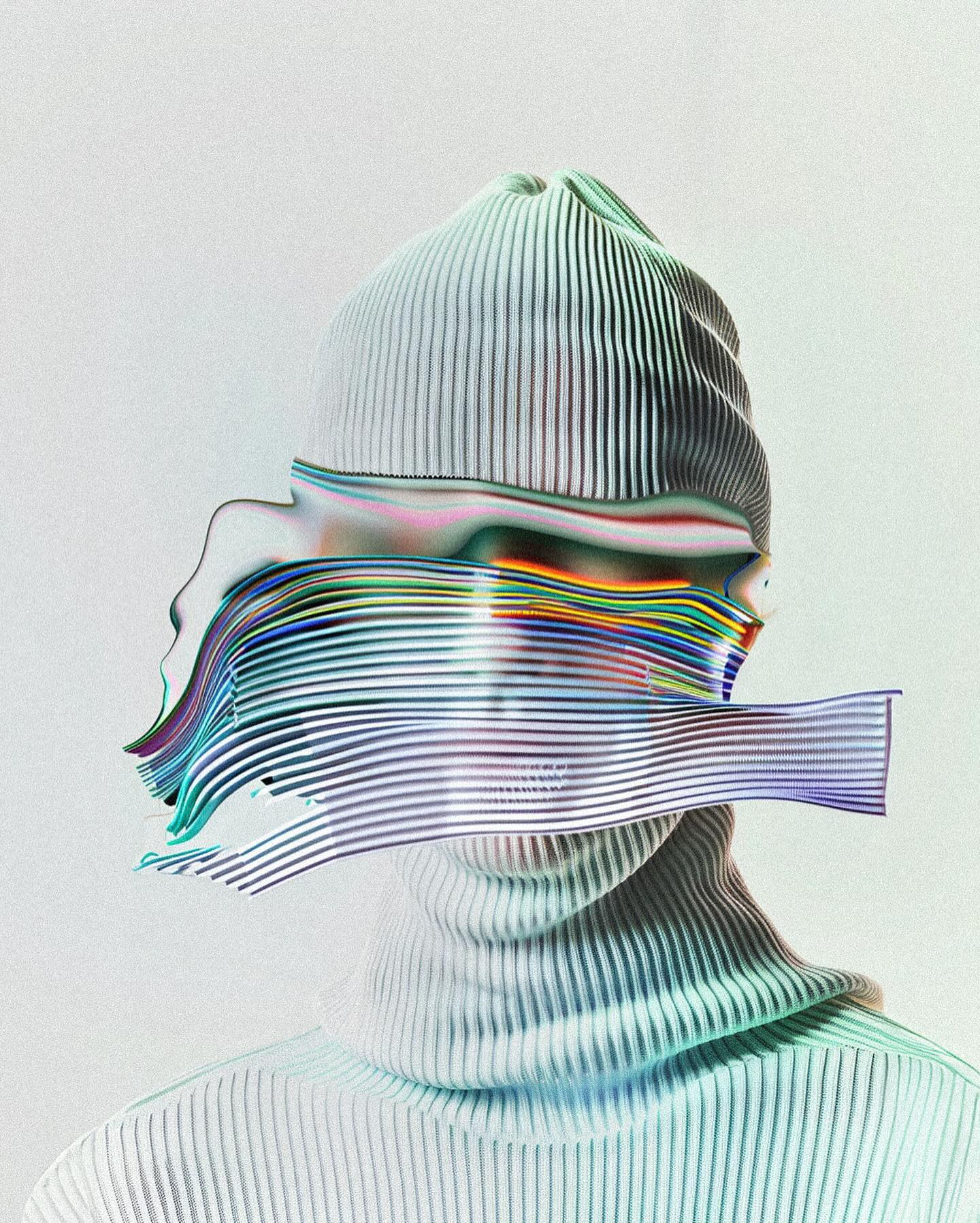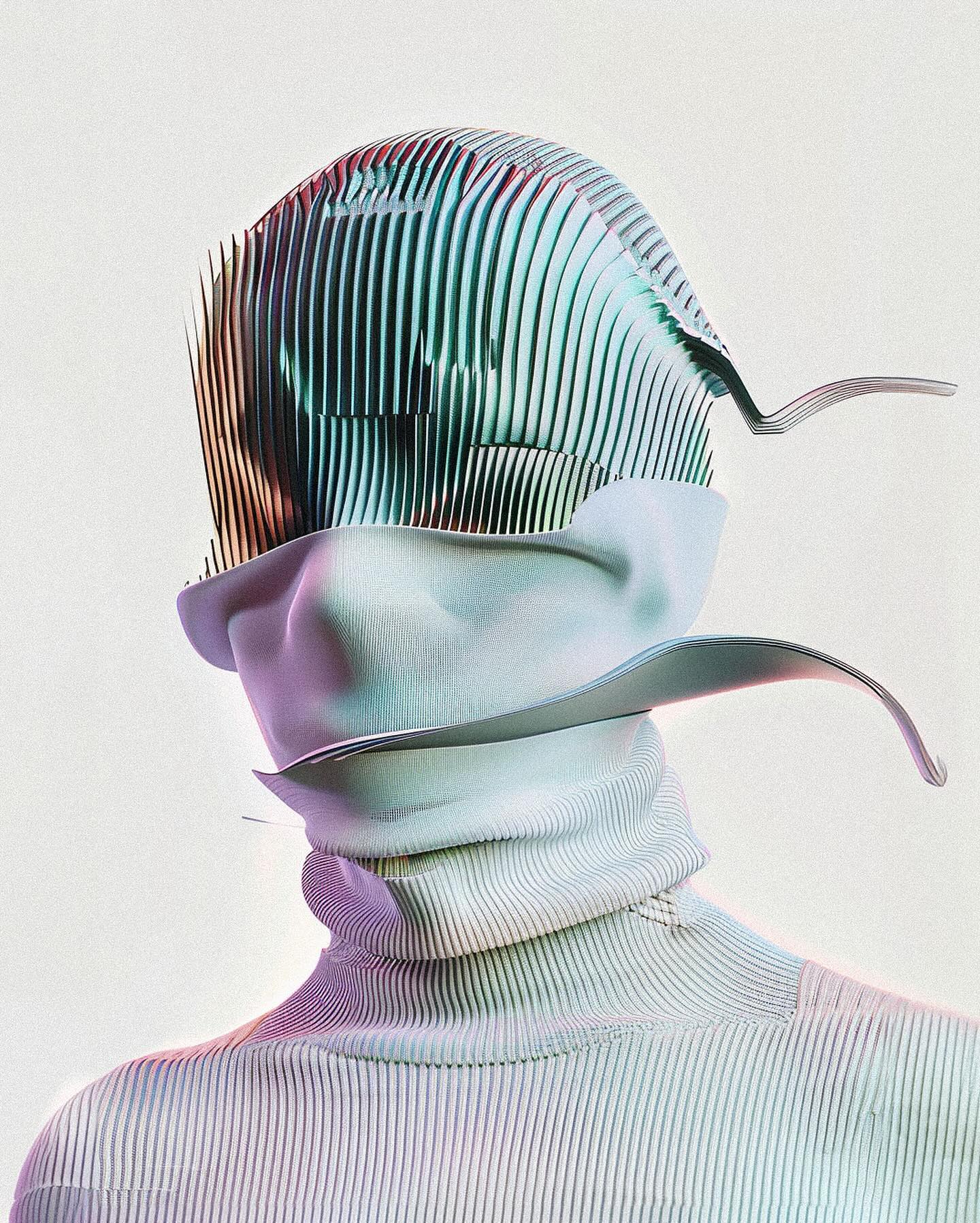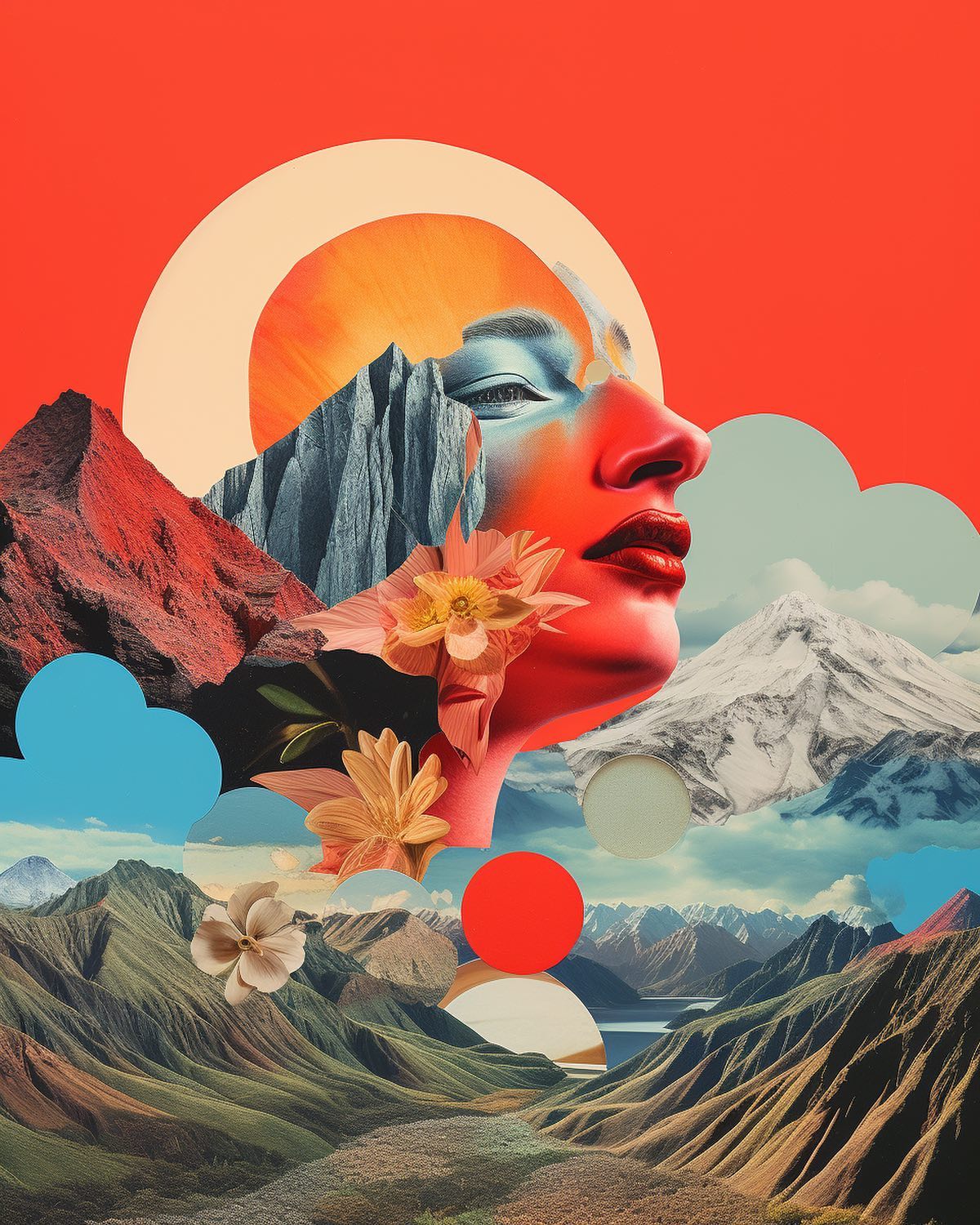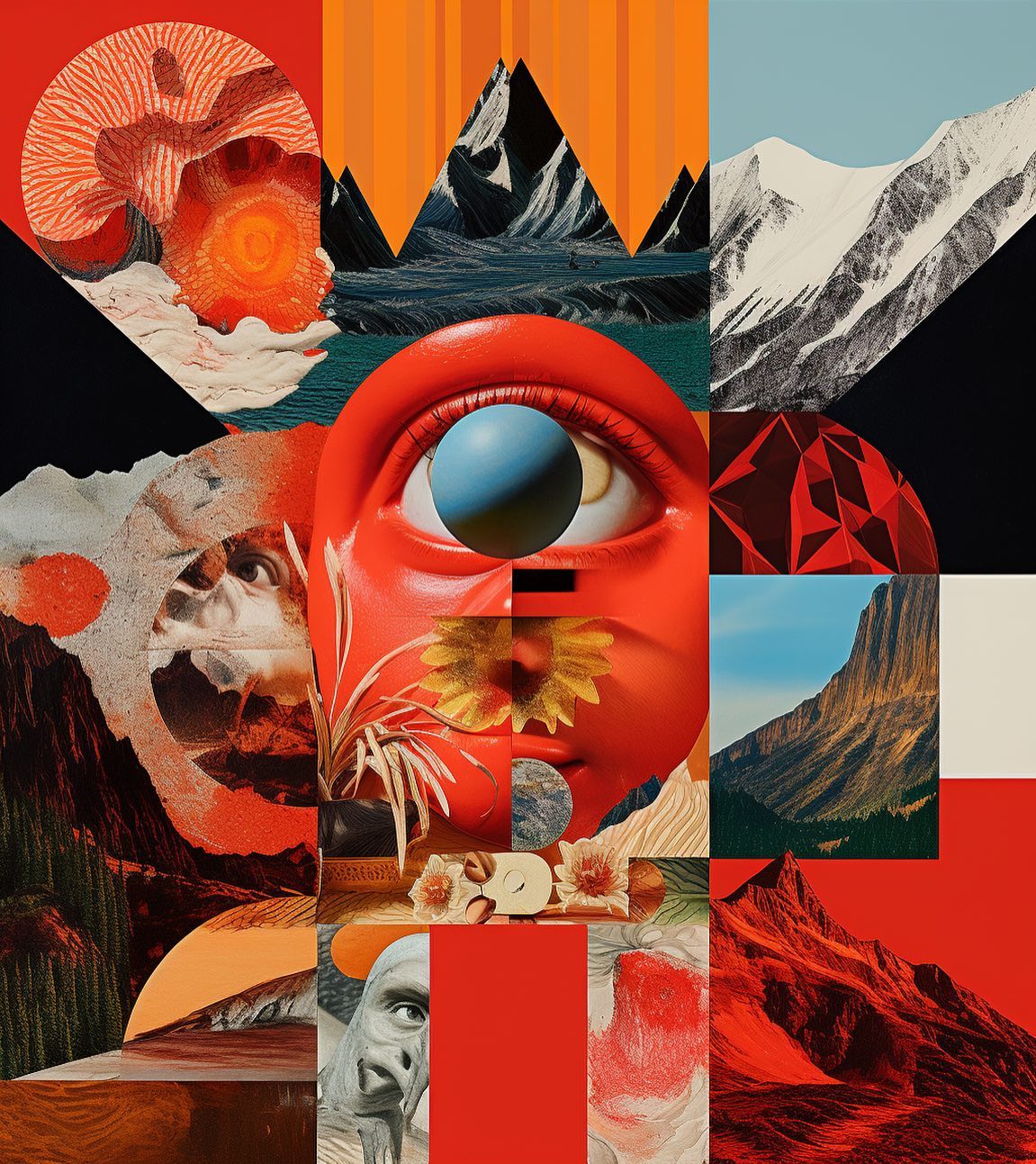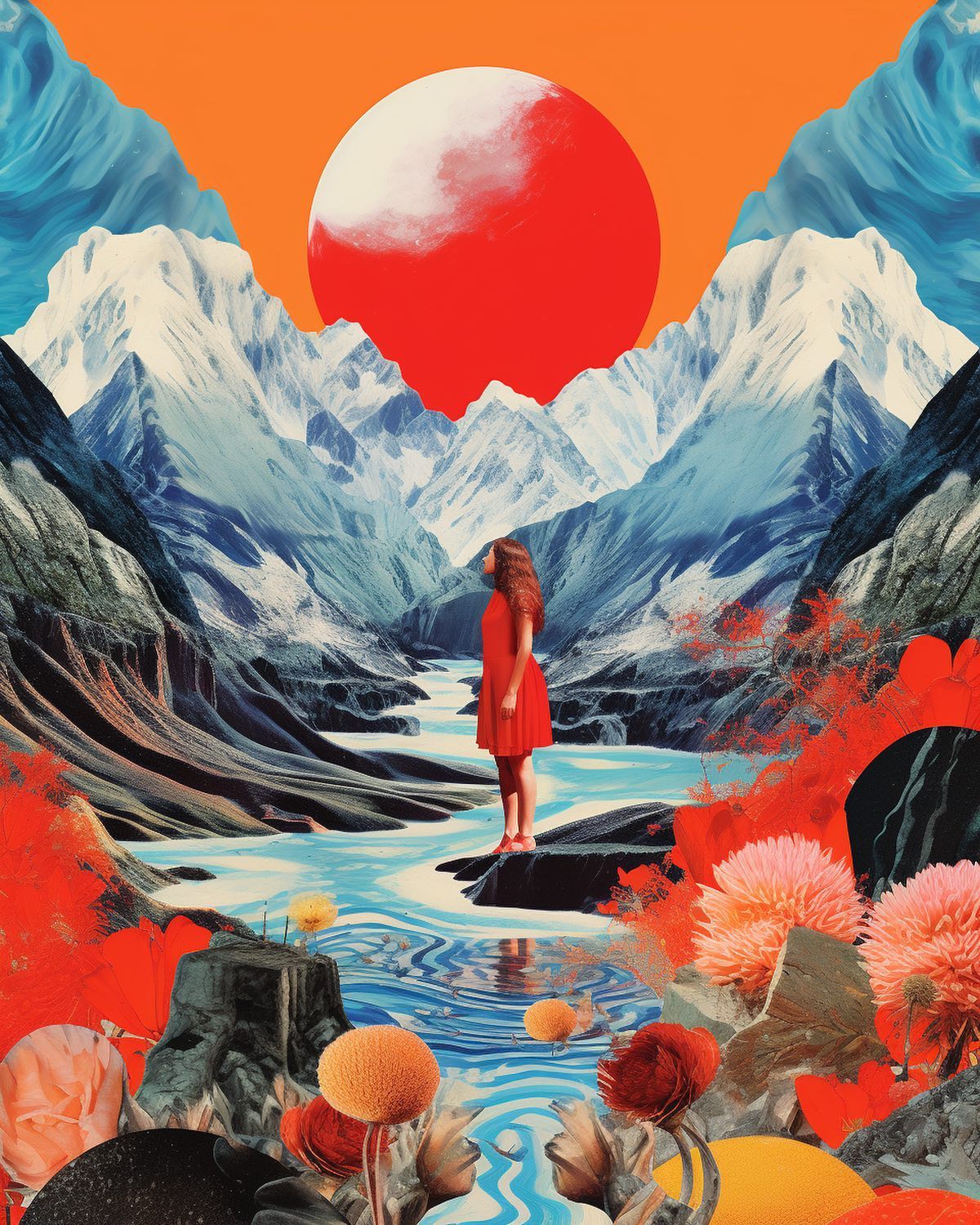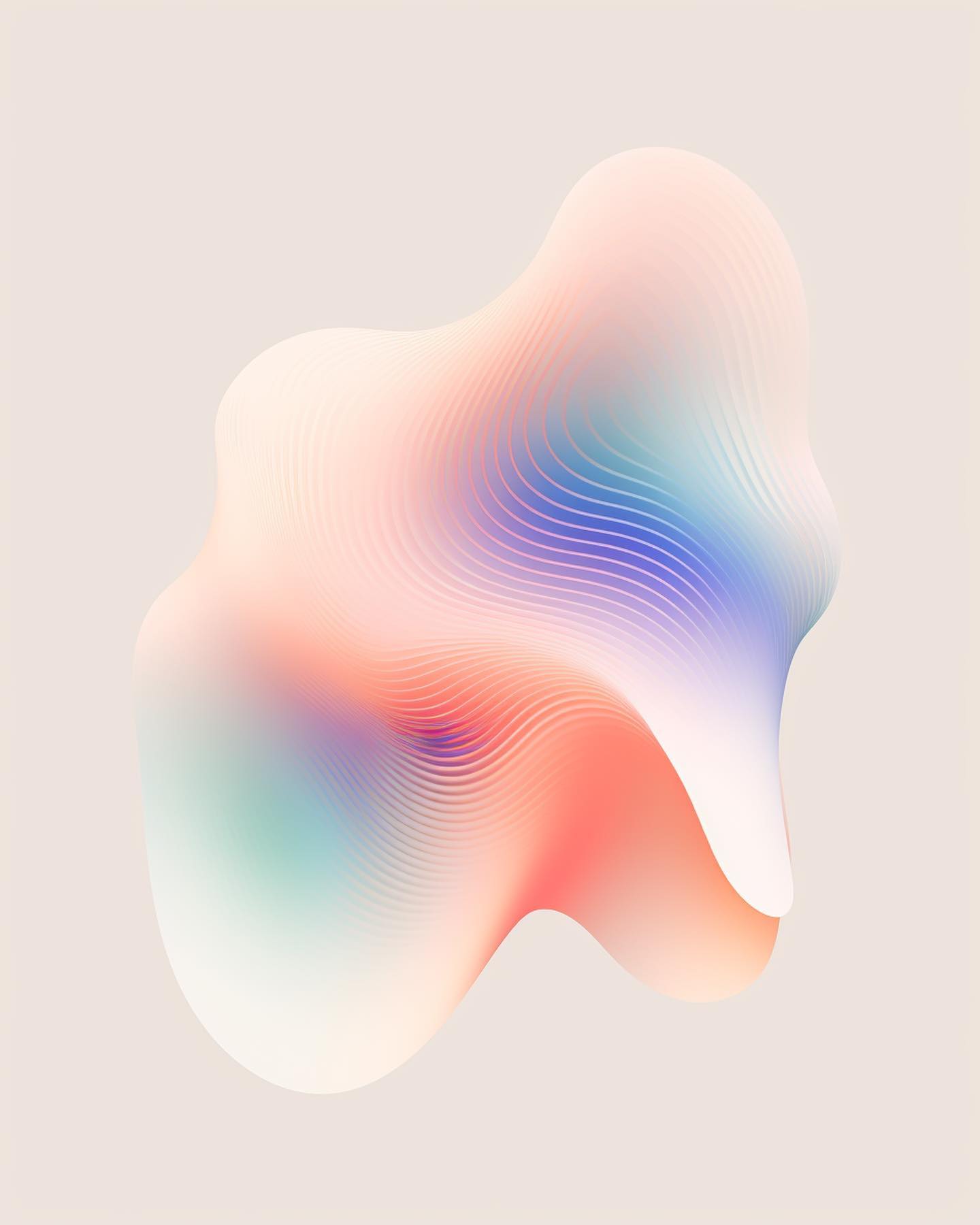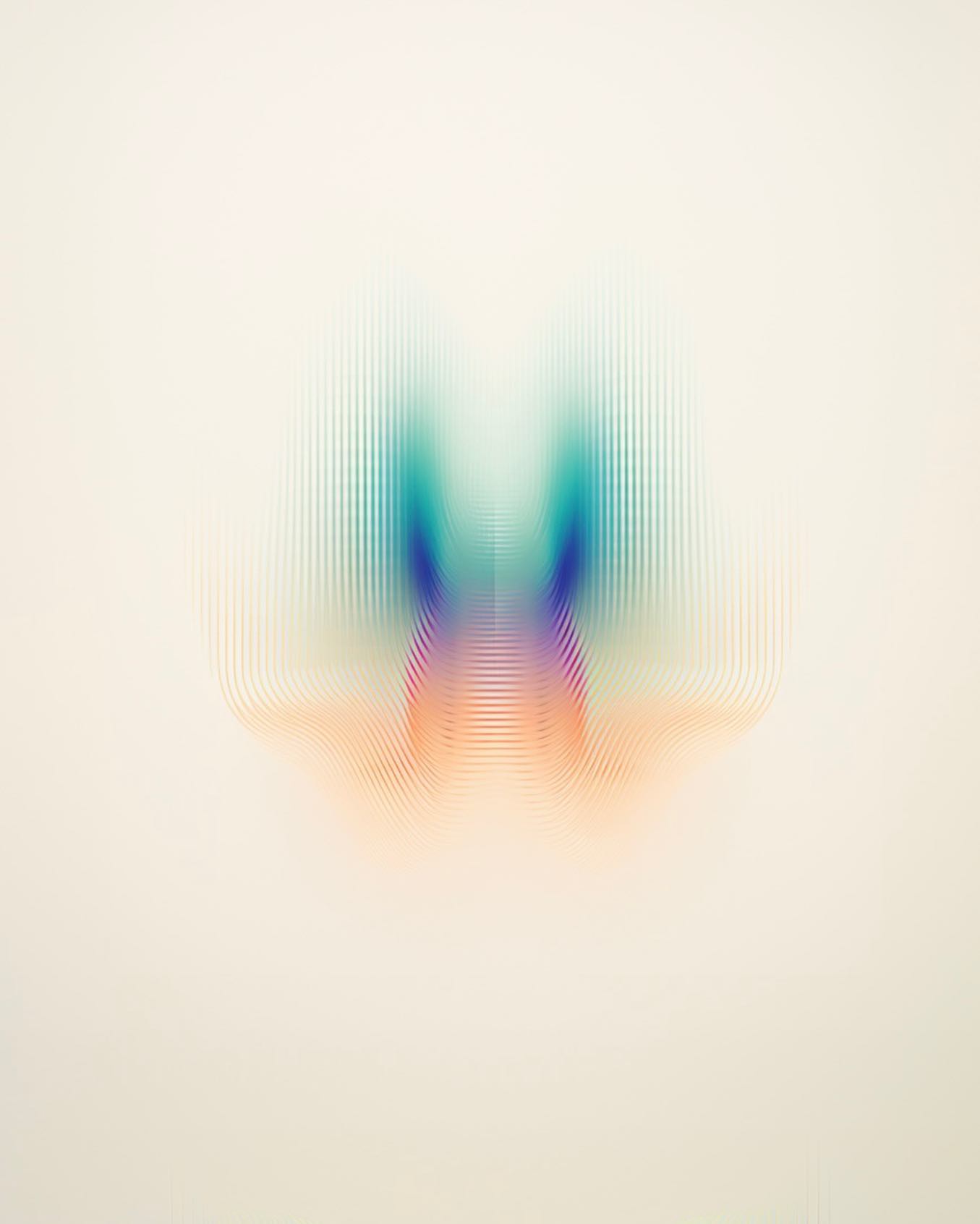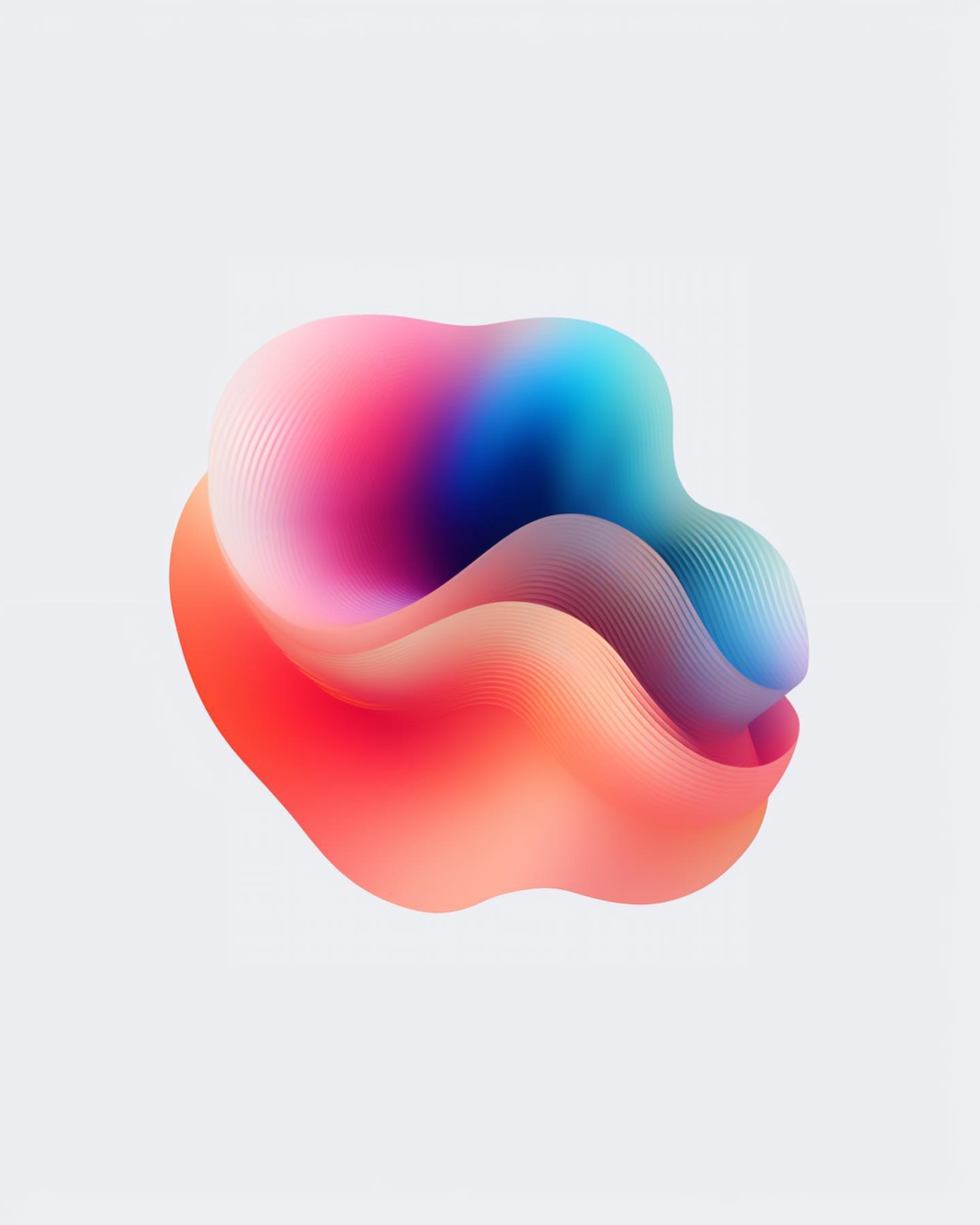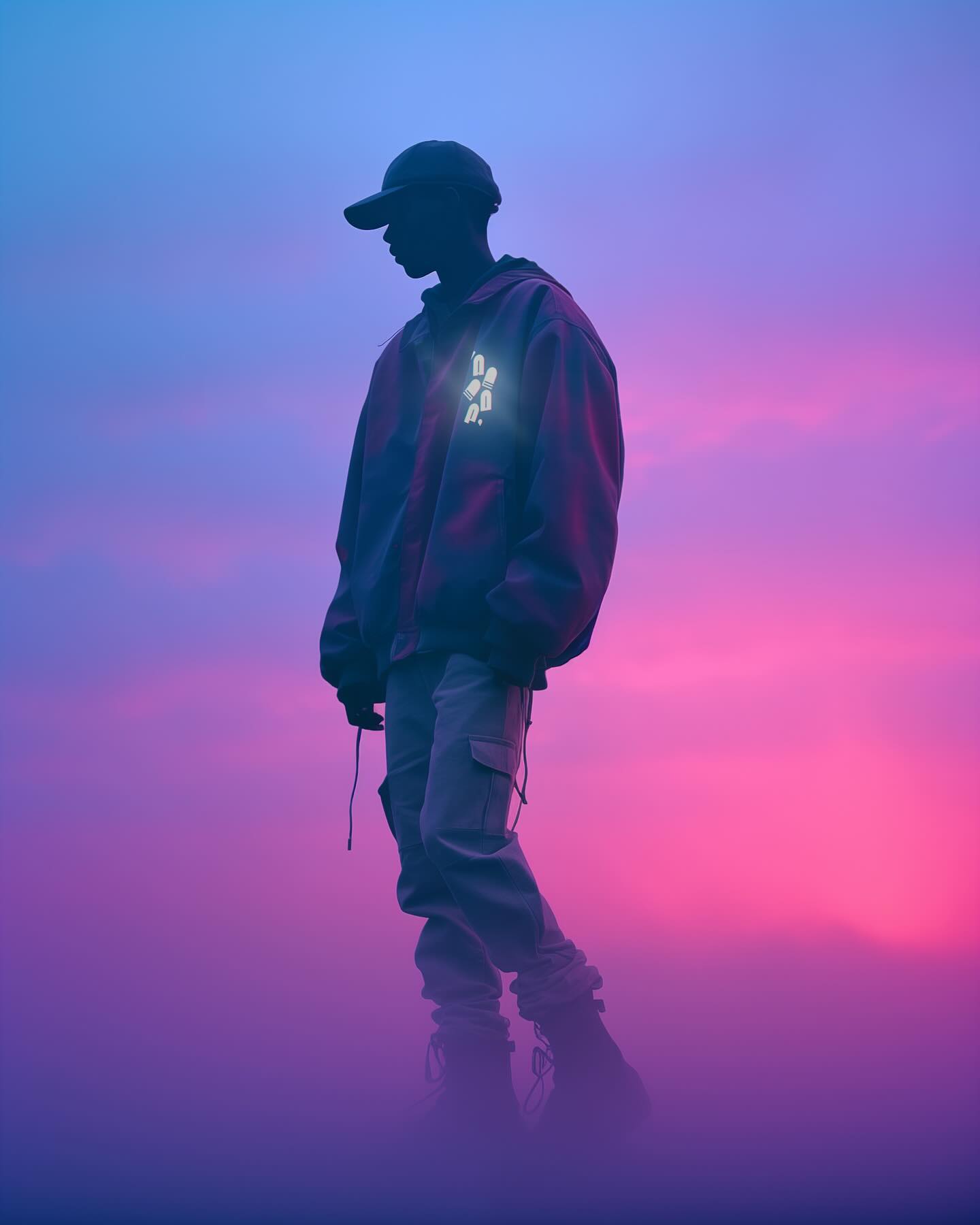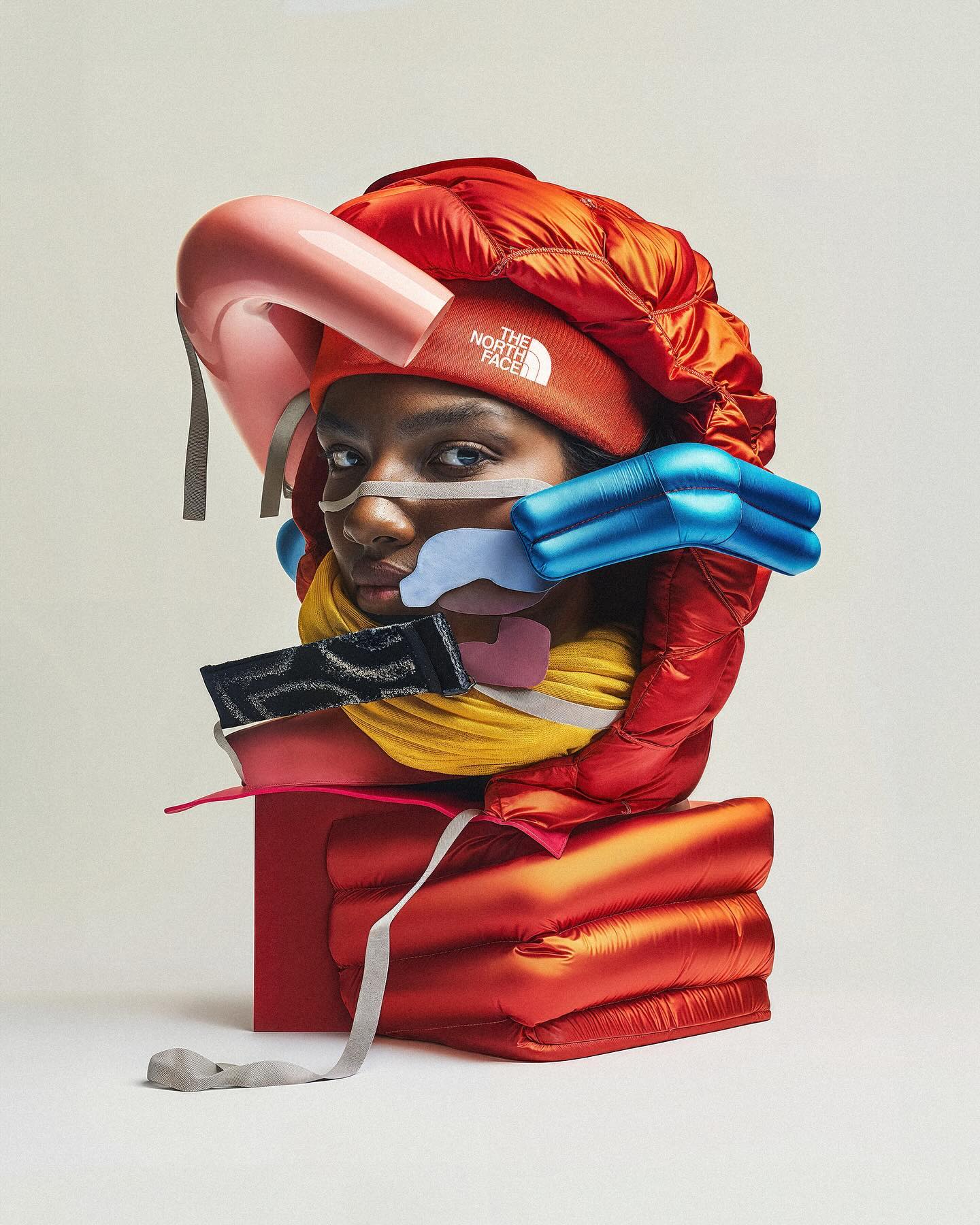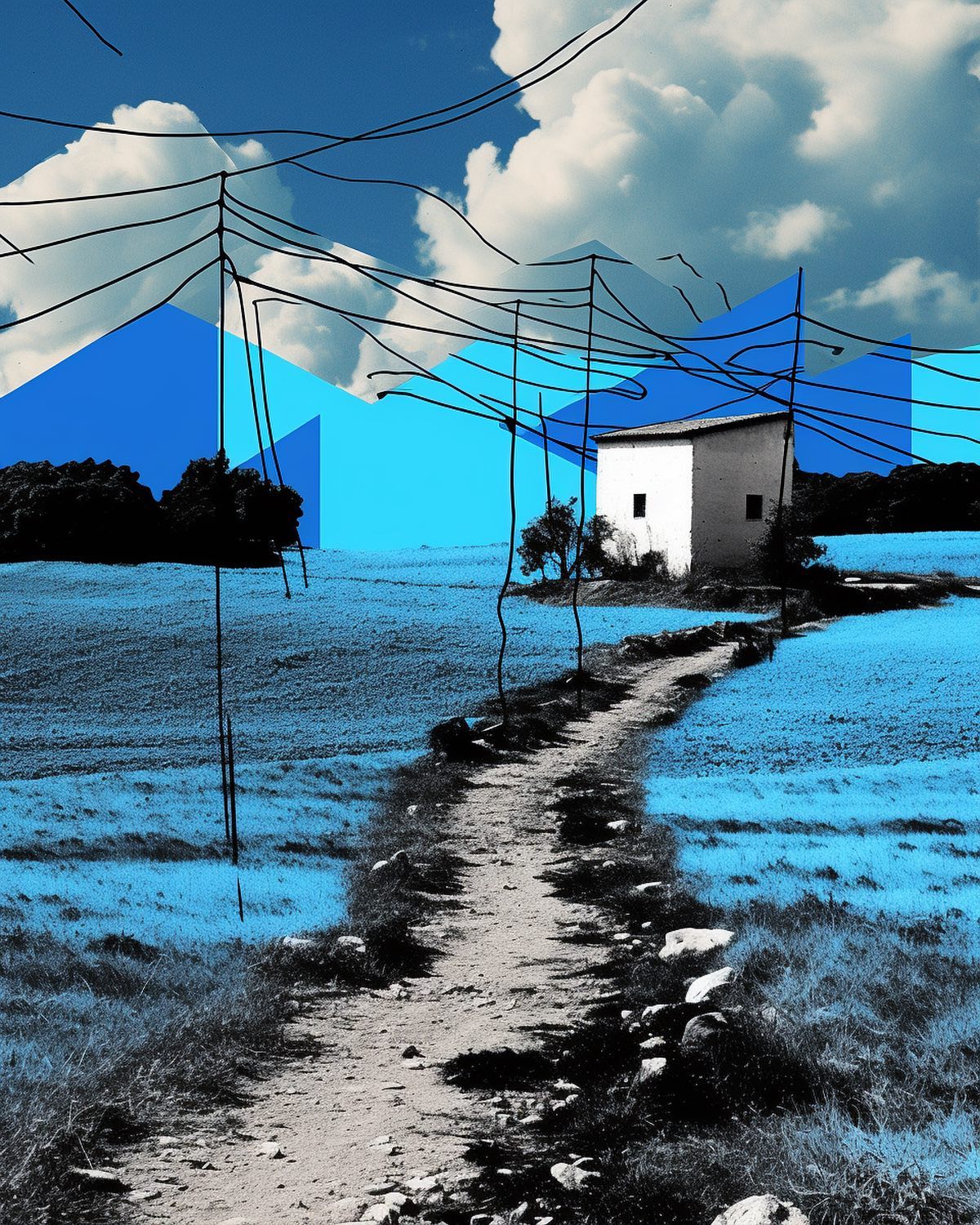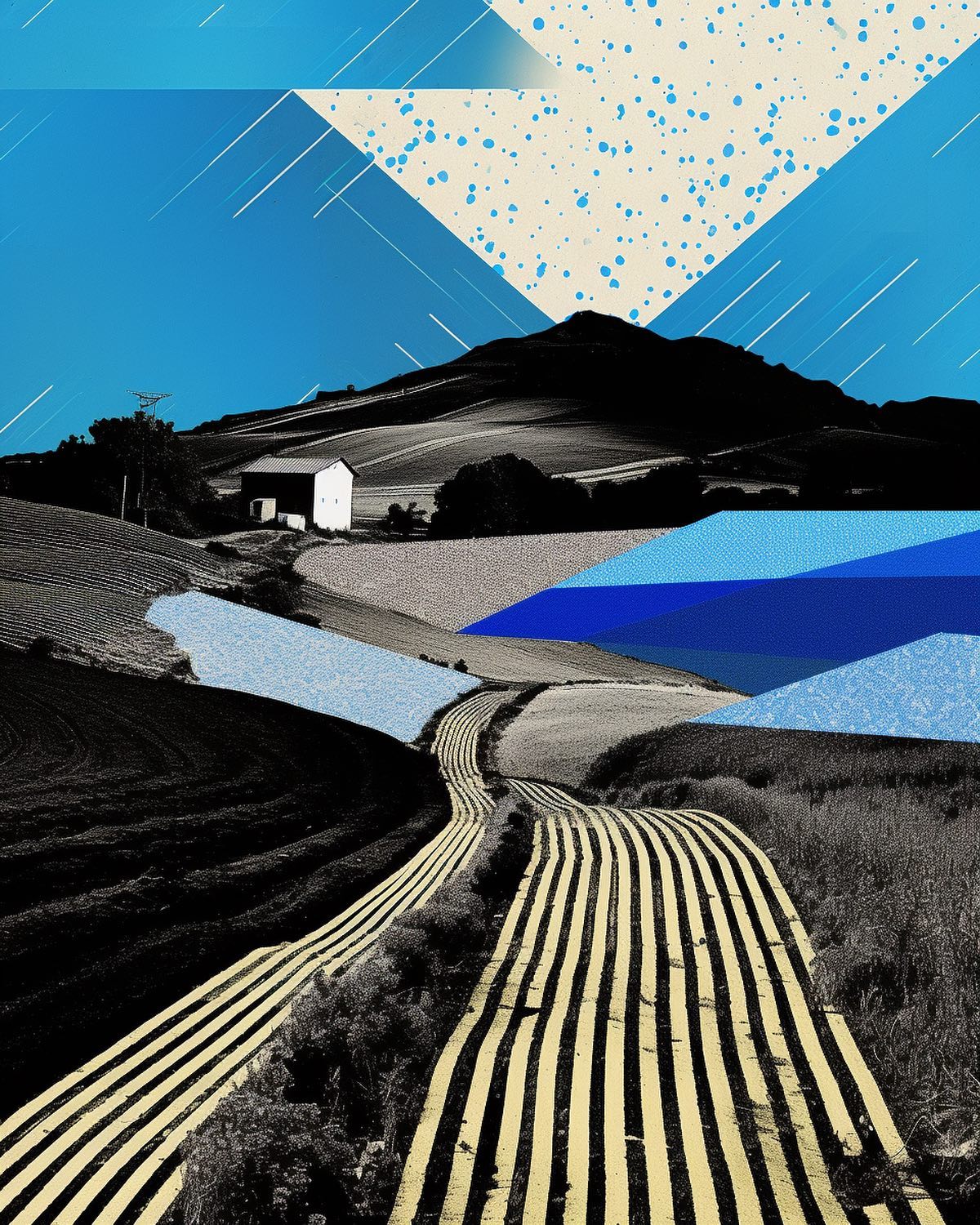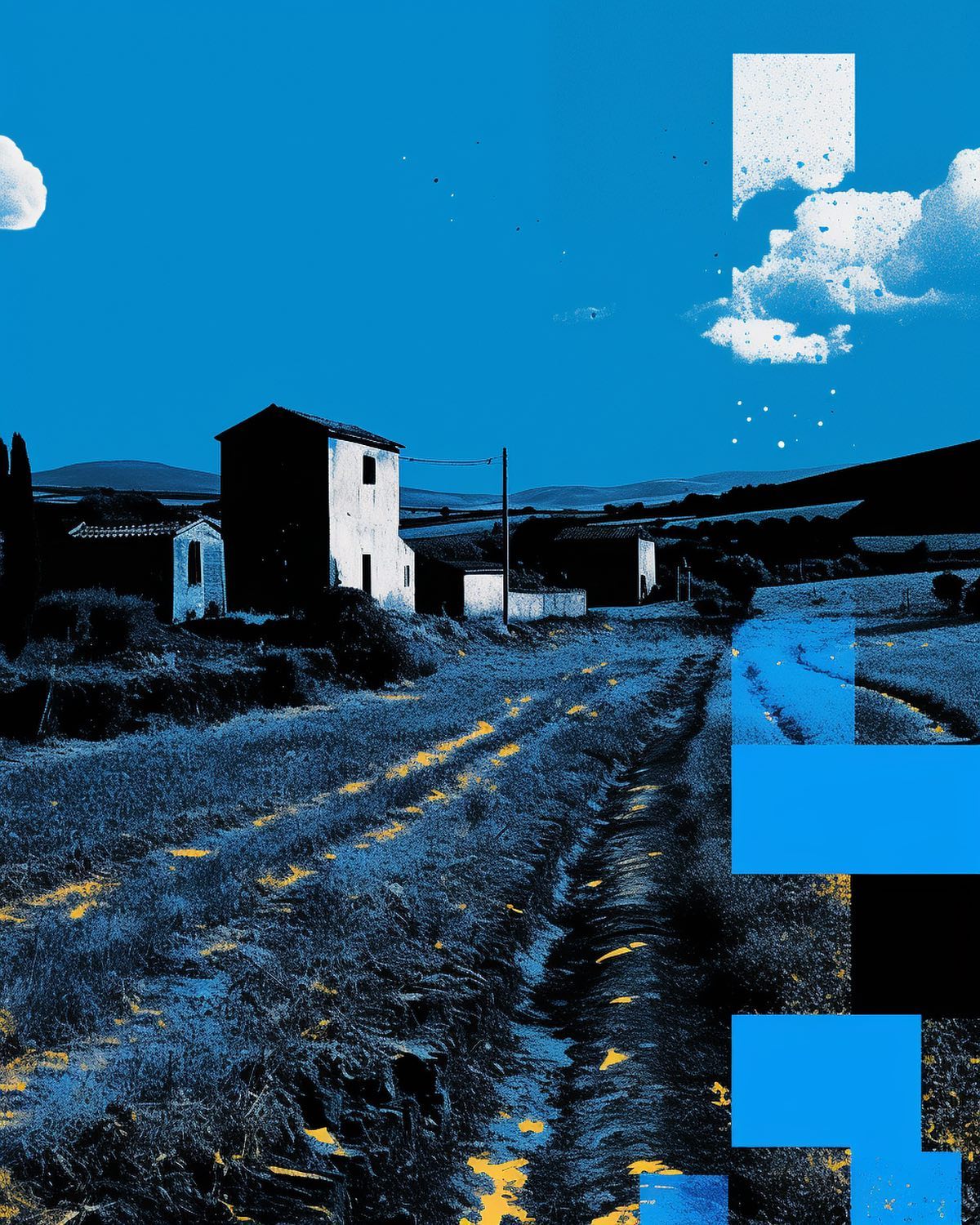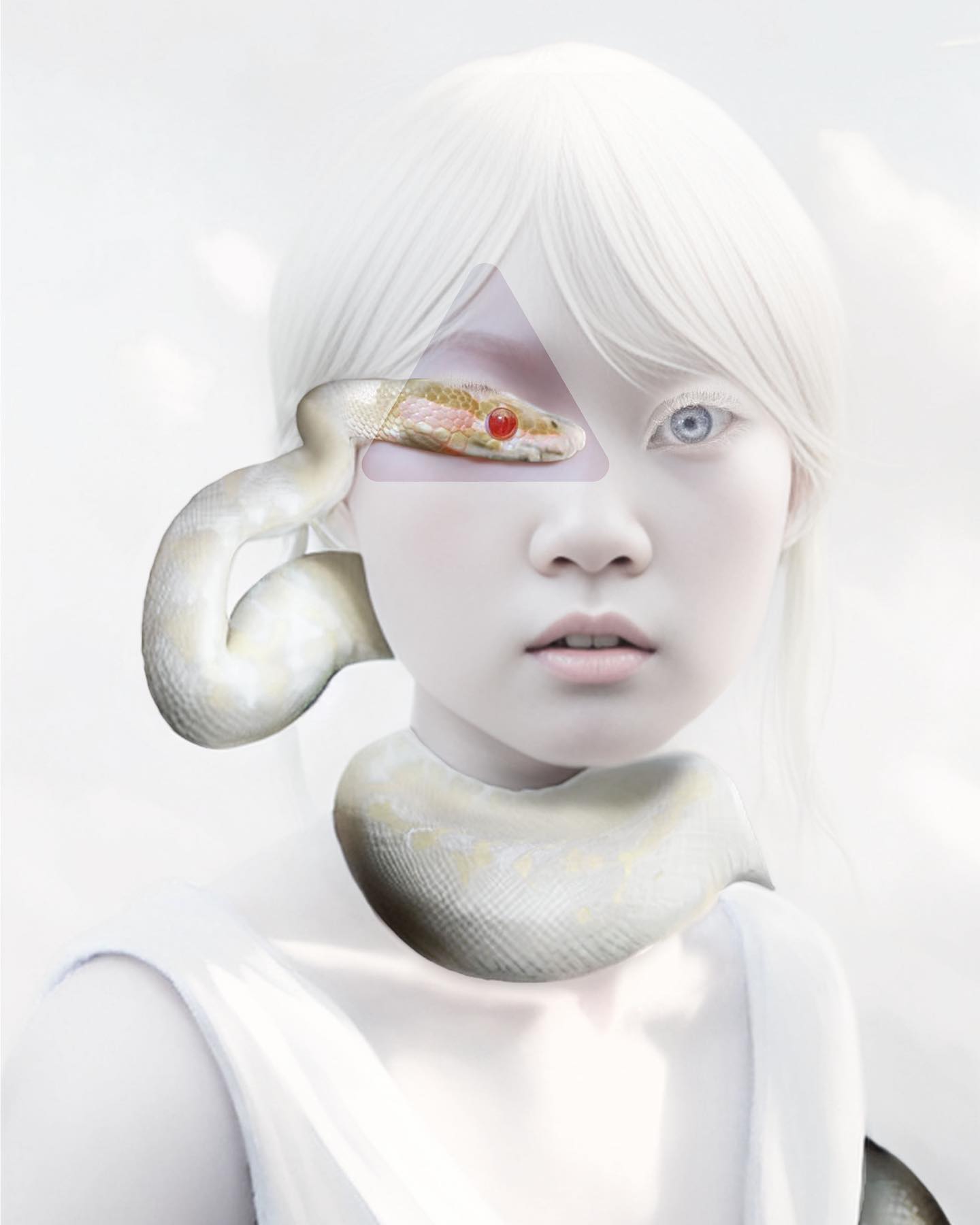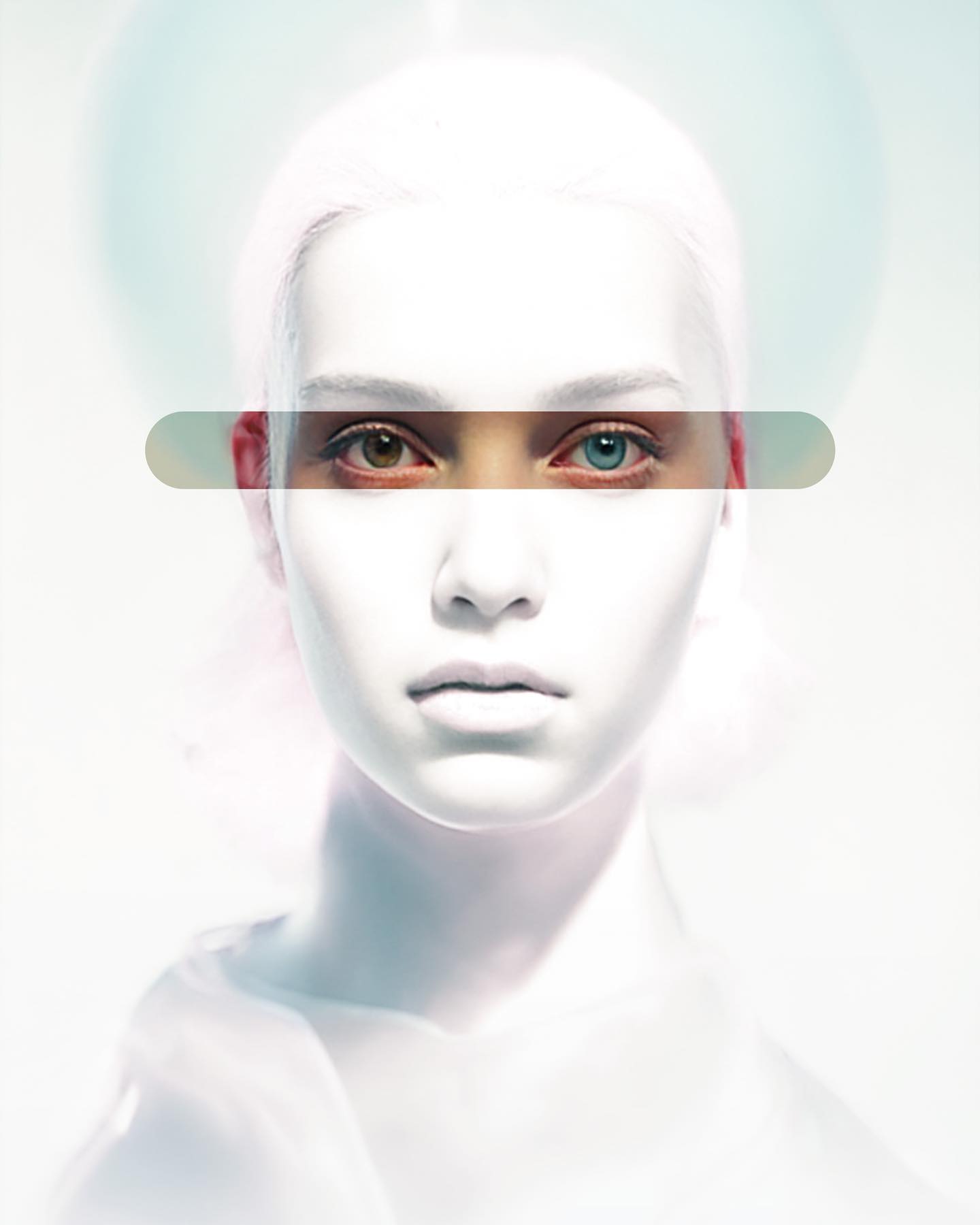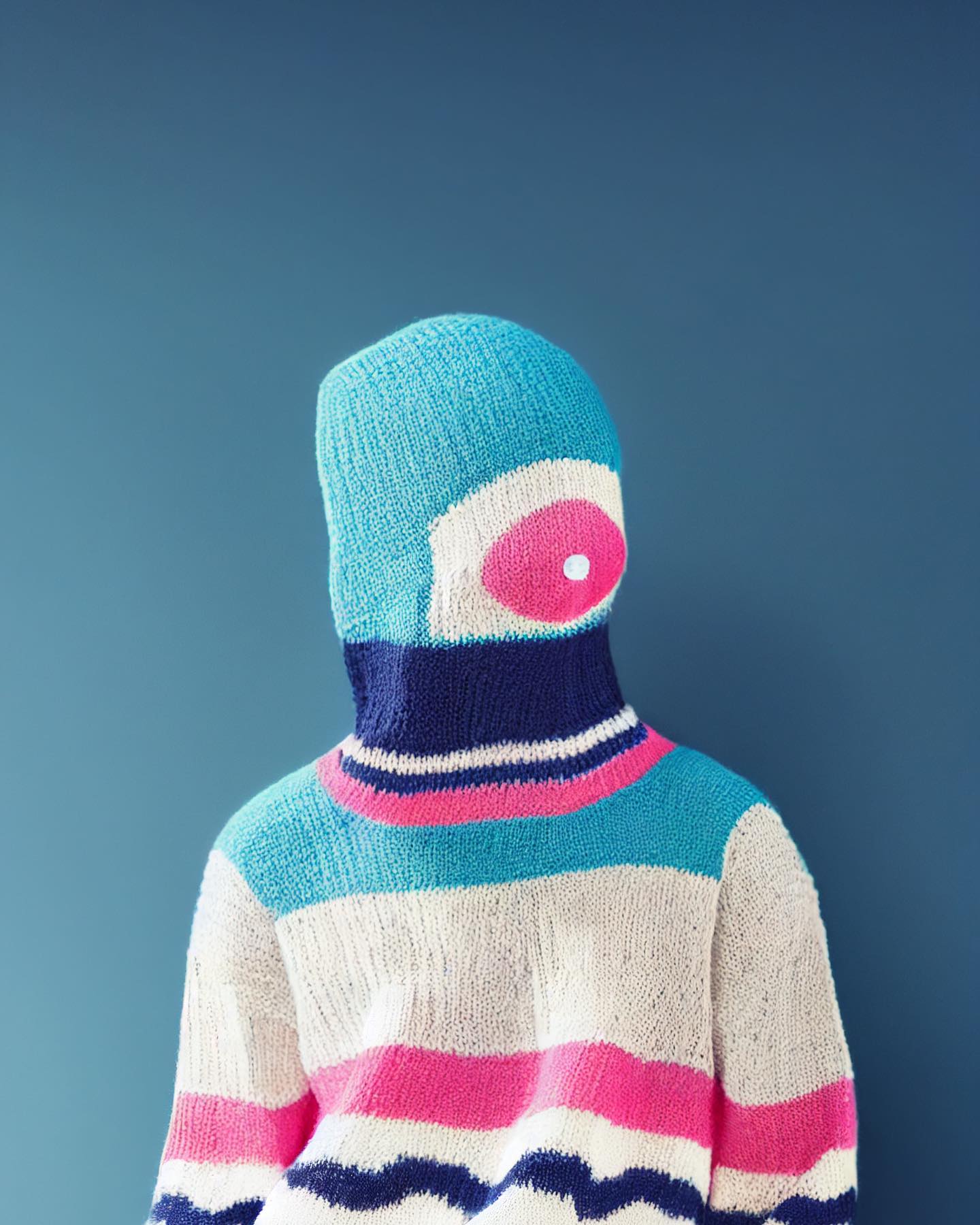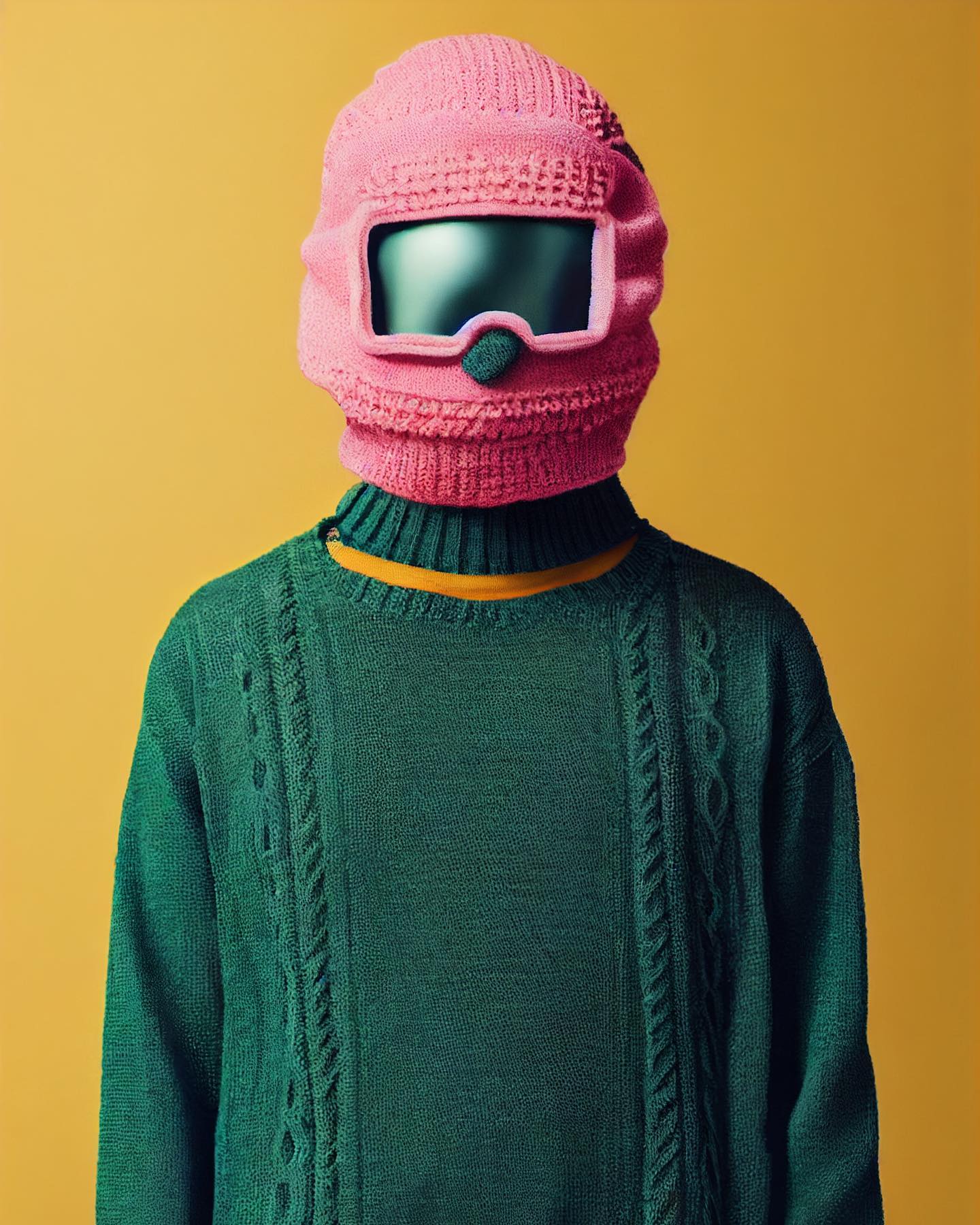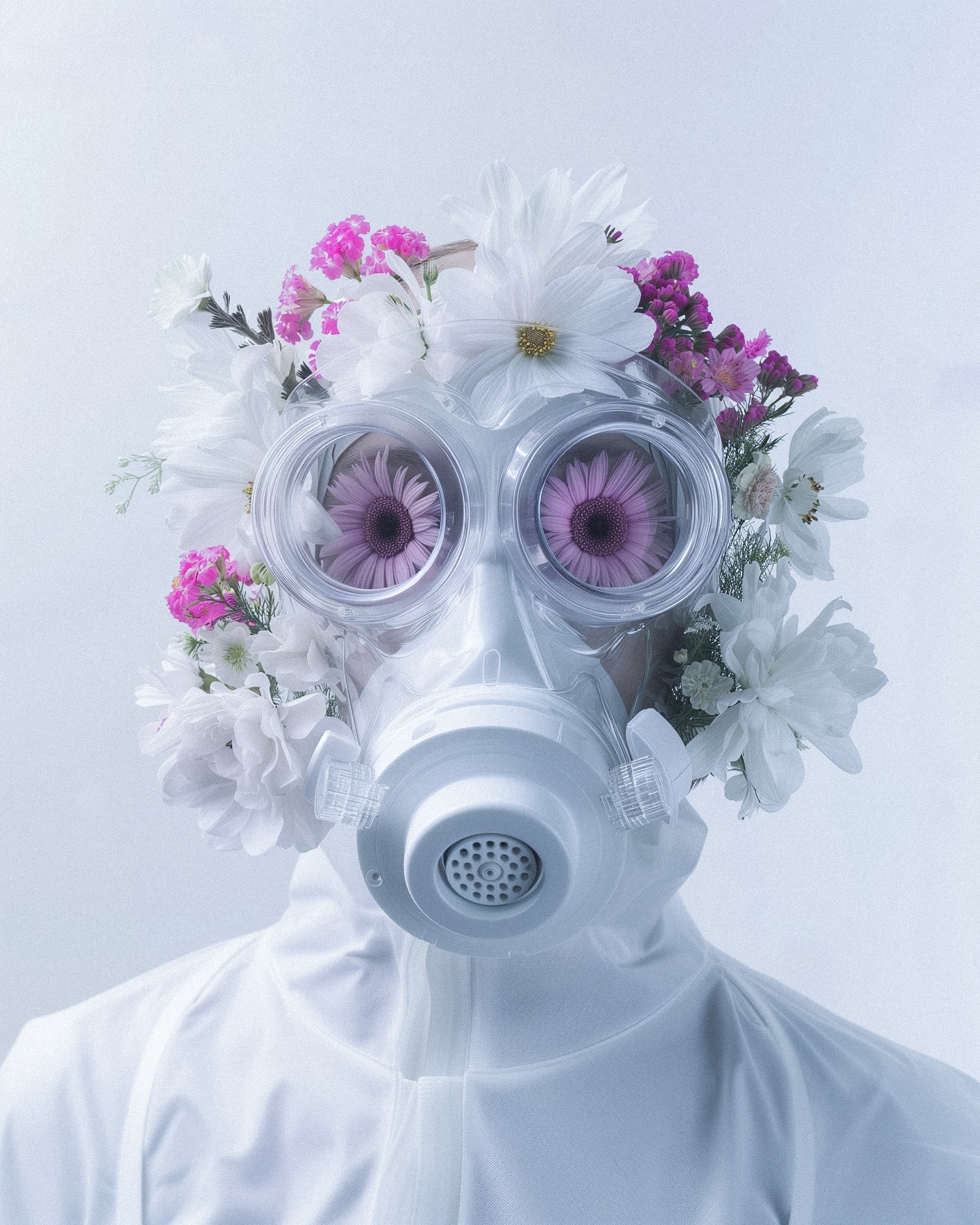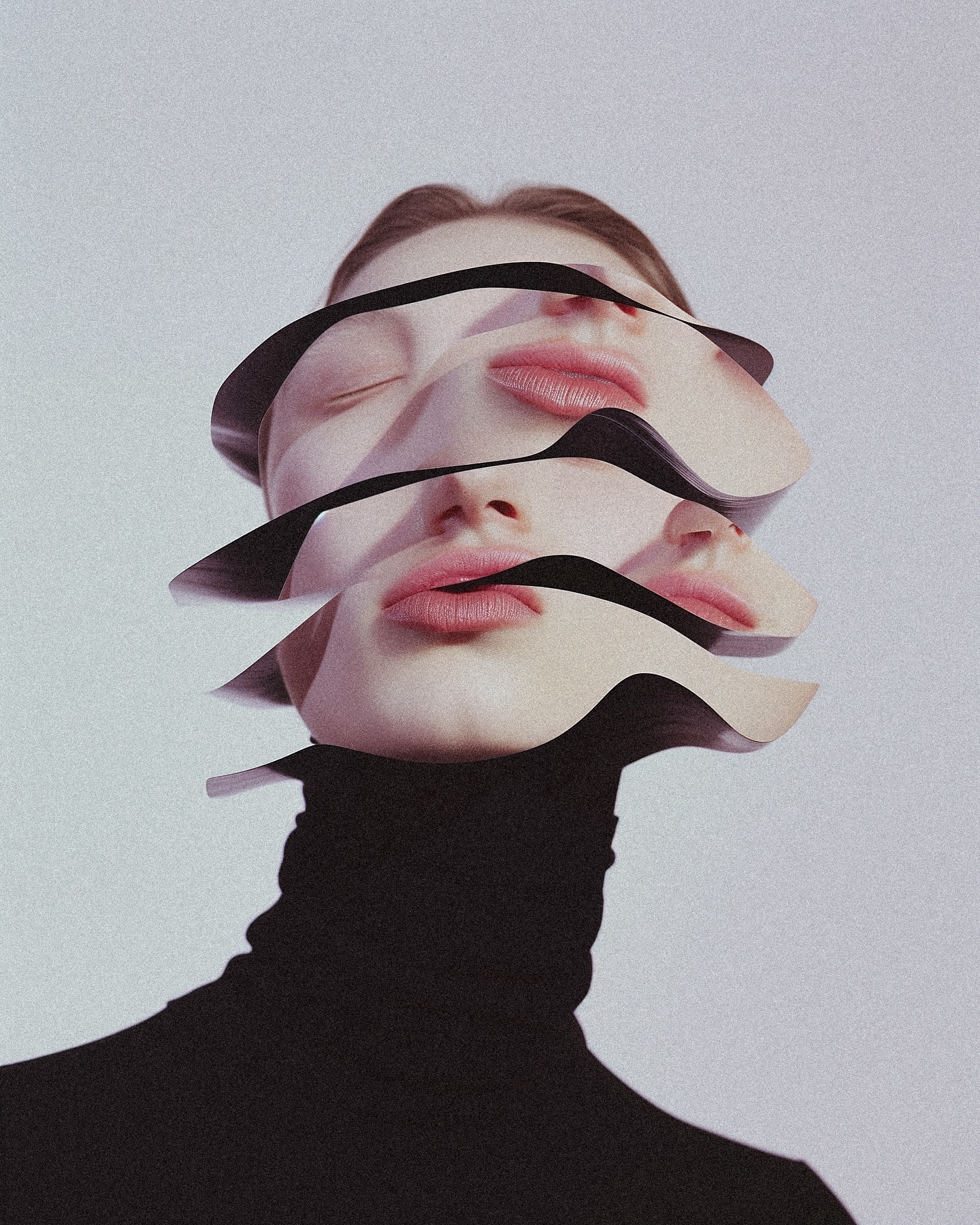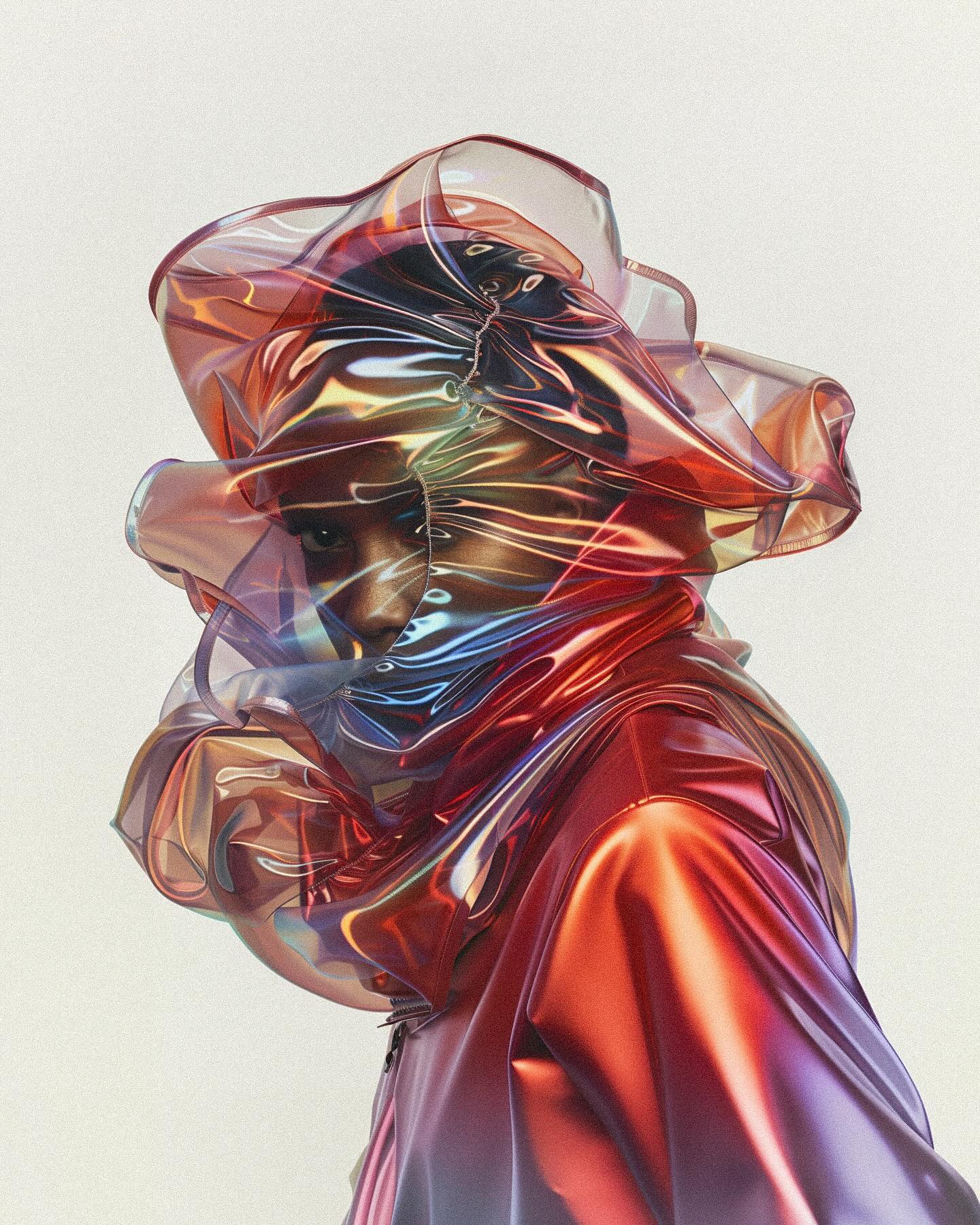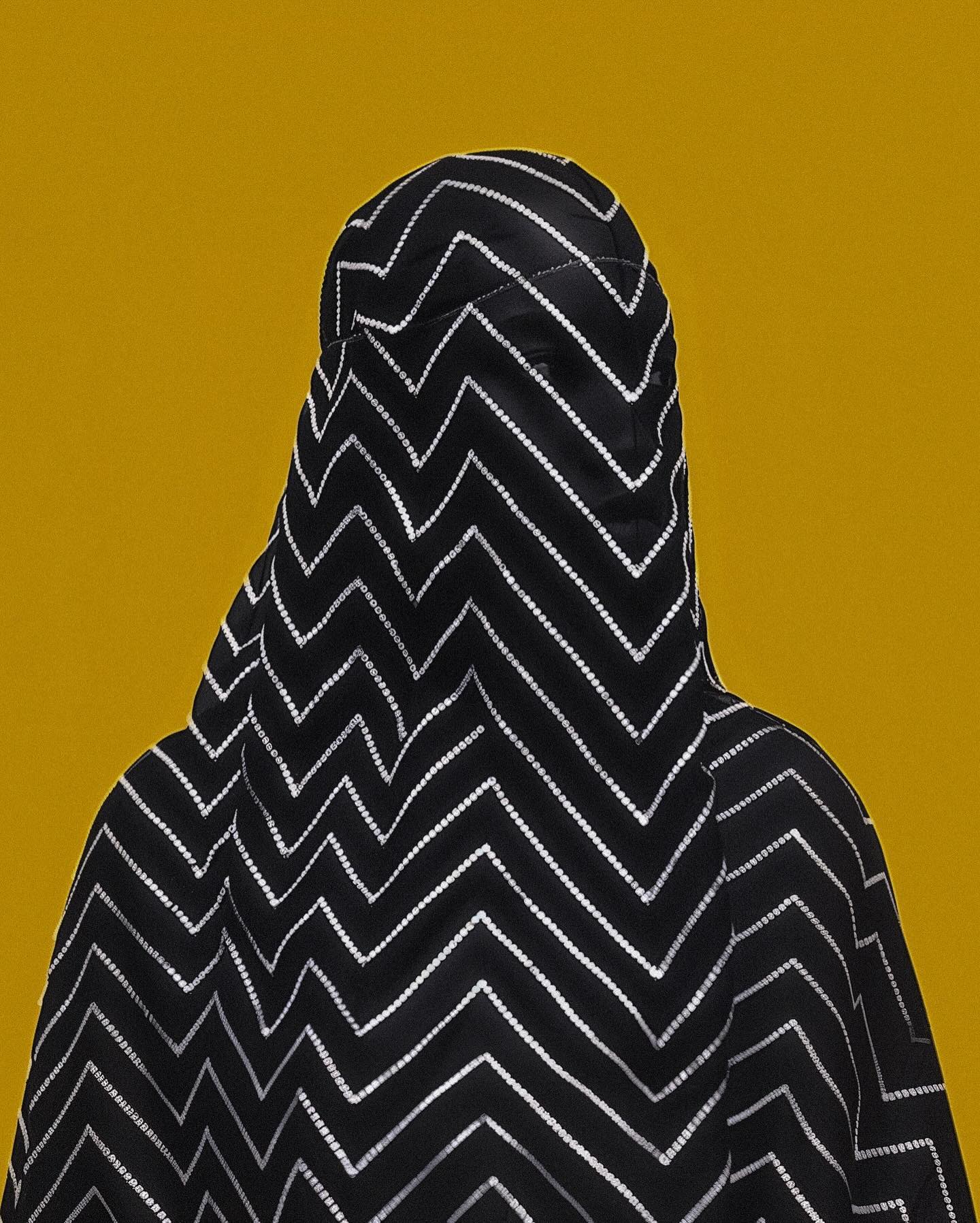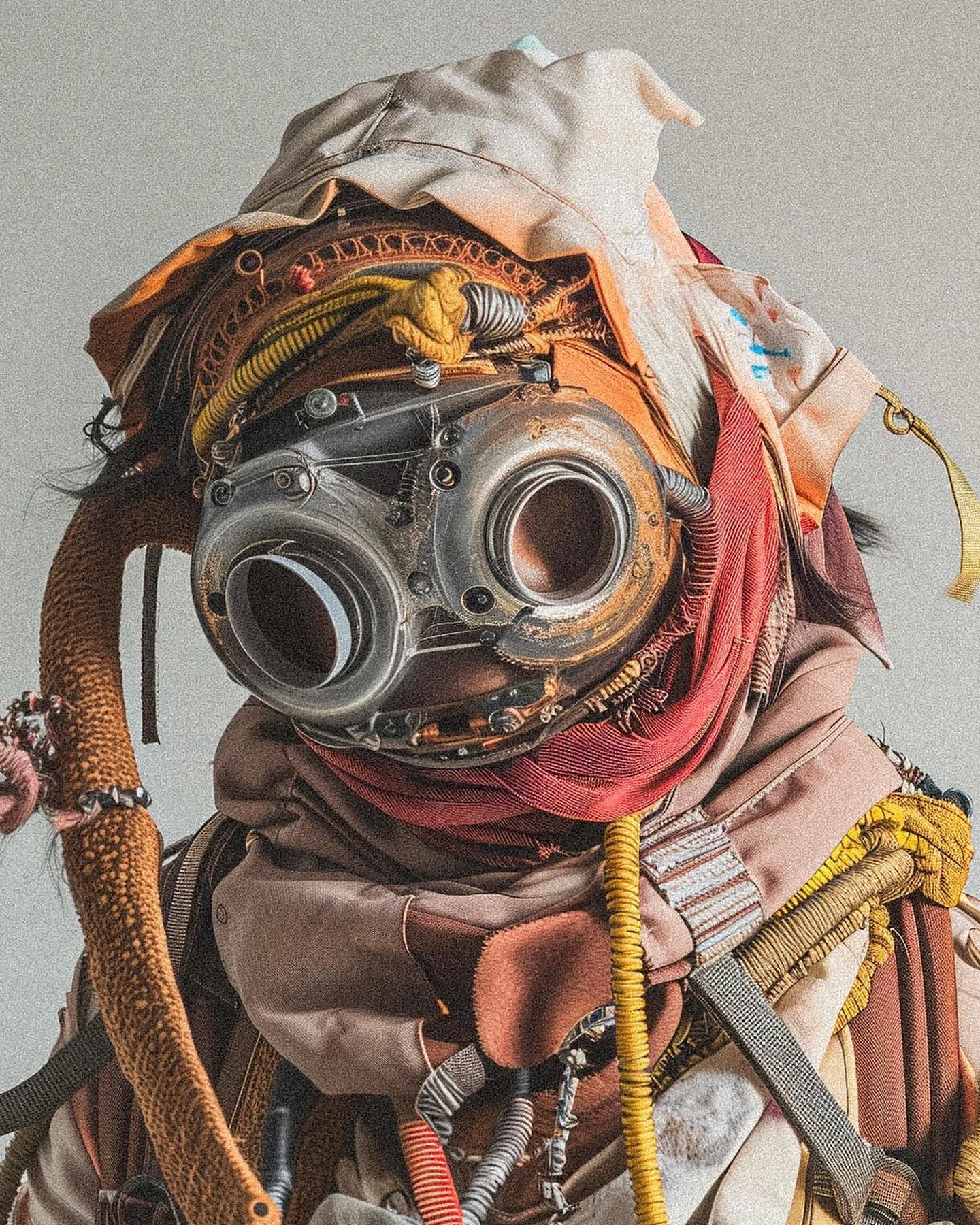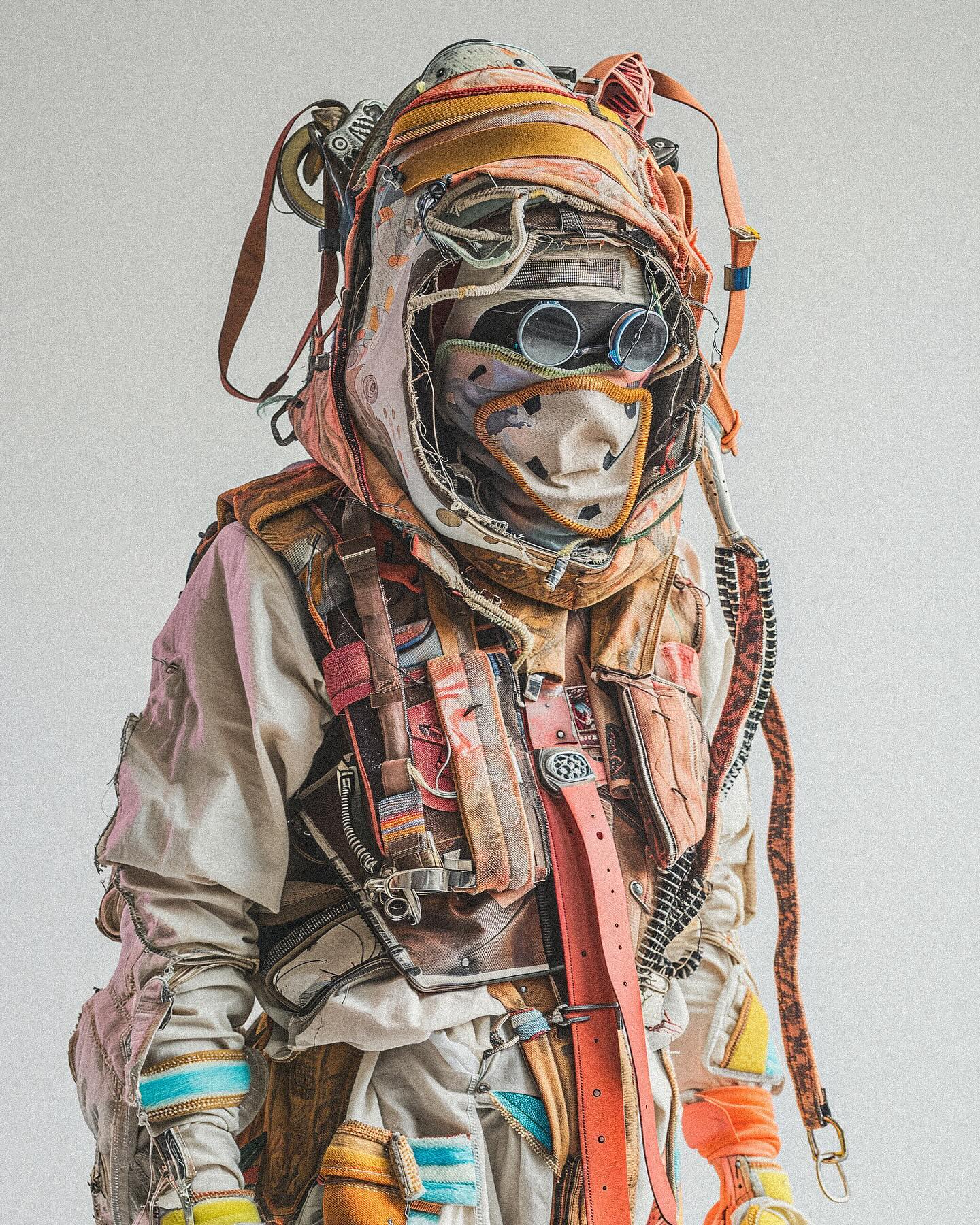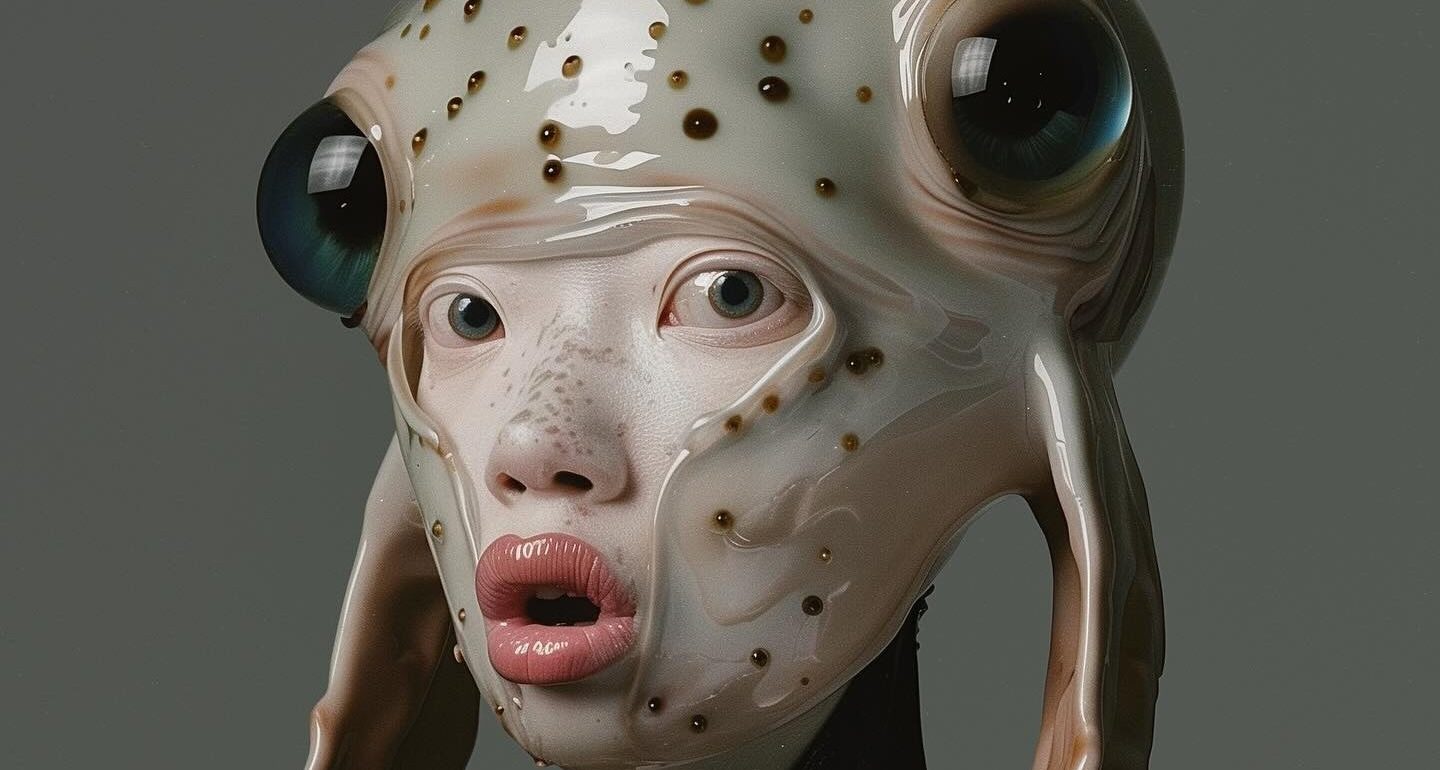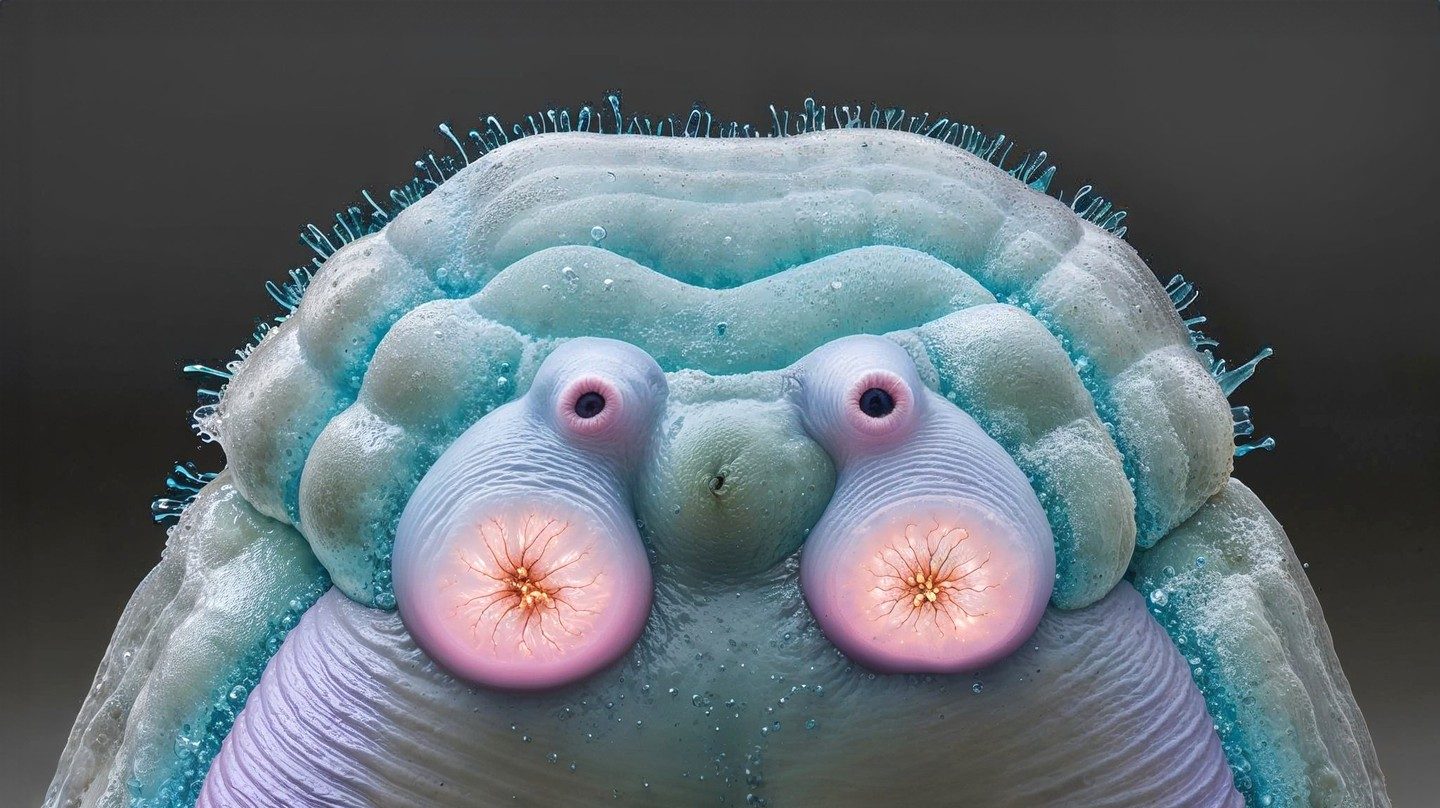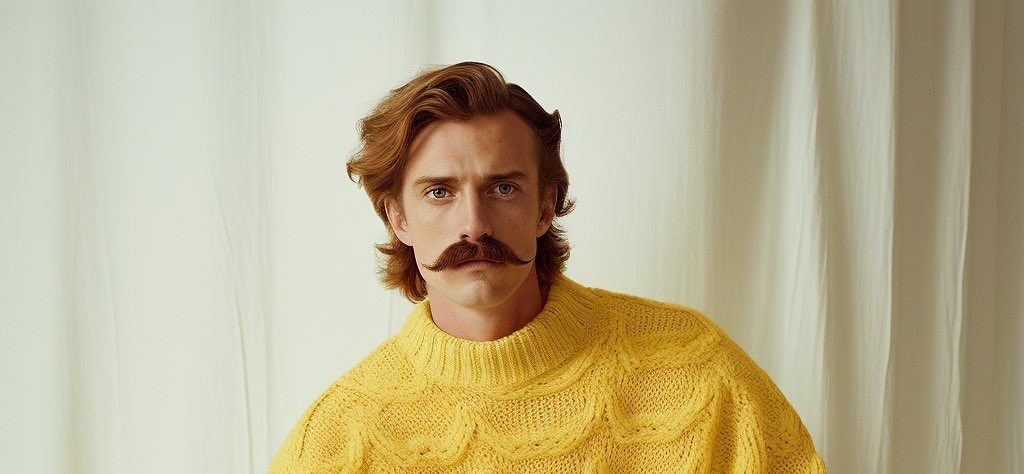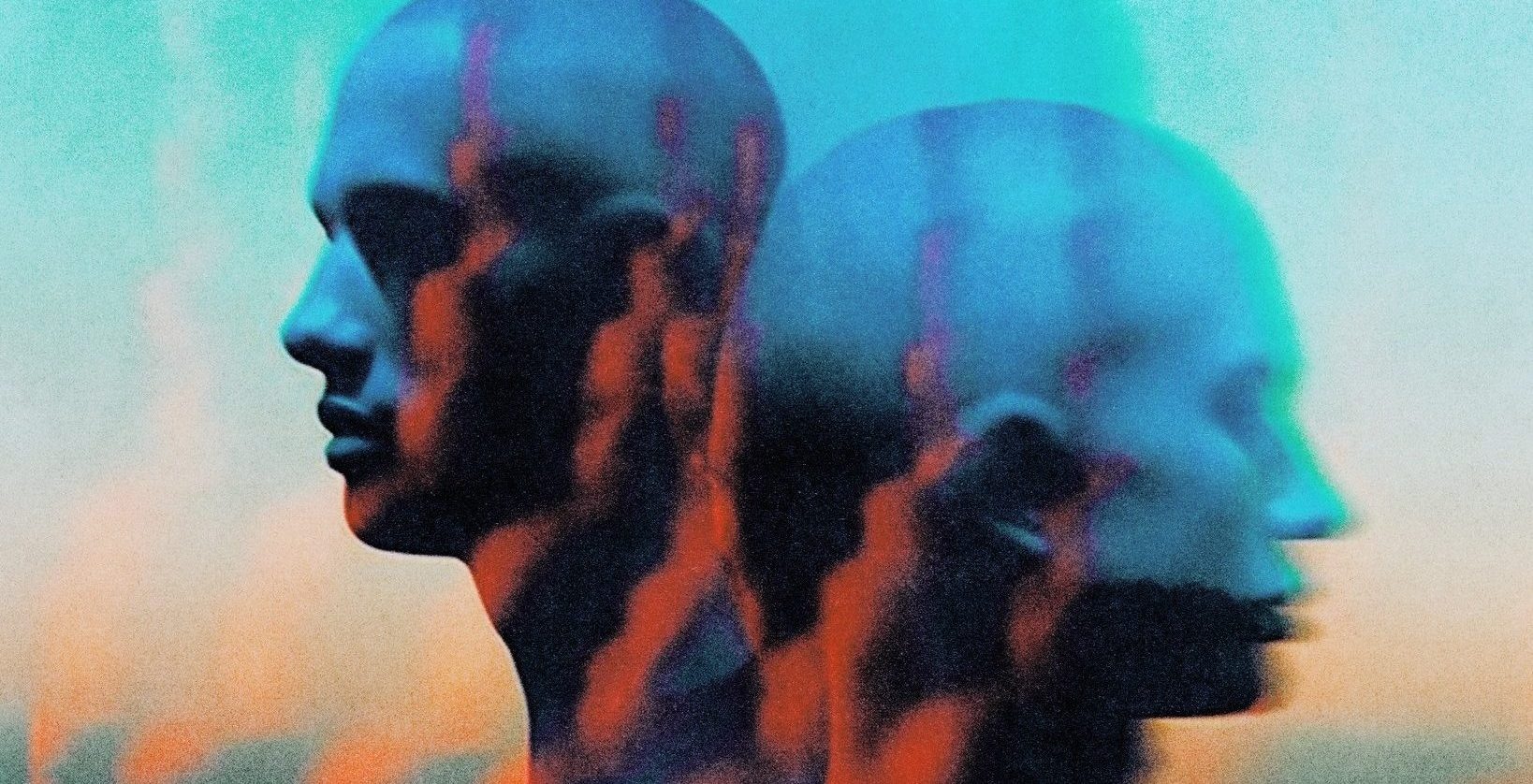Can you share your journey from traditional graphic design to working with generative AI?
In my decade+ design career I’ve never been satisfied with working with one tool, technique, style, skill… you get the point. I want to get my hands into everything and when generative AI started picking up a couple years back, I jumped right in and started experimenting – embracing it as a new tech to enhance my workflow and express my creativity, regardless of the negative conversations surrounding it.
I had my reservations on the ethics of it, but ultimately decided it’s inevitable and now it’s a sure thing with giants like Adobe getting on board.
How do you think your design background influences your approach to AI-generated artwork?
Understanding composition, color theory, and other design principles impacts the process and final piece.
Also, understanding and knowing the nuances of different styles of art and design inform the crafting of the prompt to get the image I want.
What new skills did you have to learn to work effectively with generative AI technologies?
I kind of roll my eyes when I hear “prompt engineer”, but learning how the different tools interpret words and phrases is a fun one to sort out and craft. Especially with new versions, models, and tools popping up all the time.
Could you walk us through your creative process when starting a new piece of AI-generated image?
The beginning is always different. Sometimes I have a solid idea in my head and sometimes it’s a basic concept and I don’t know how I want the final image to look.
If I have a strong visual in mind then I often can get the image fairly quickly. If it’s only a vague concept I’ll often pivot as the generated images spark new ideas – a lot of happy accidents with AI.
I’ll often pivot as the generated images spark new ideas – a lot of happy accidents with AI.
Sometimes I design something – a pattern, a gradient, etc and blend it with a generated image to put on the final touches.
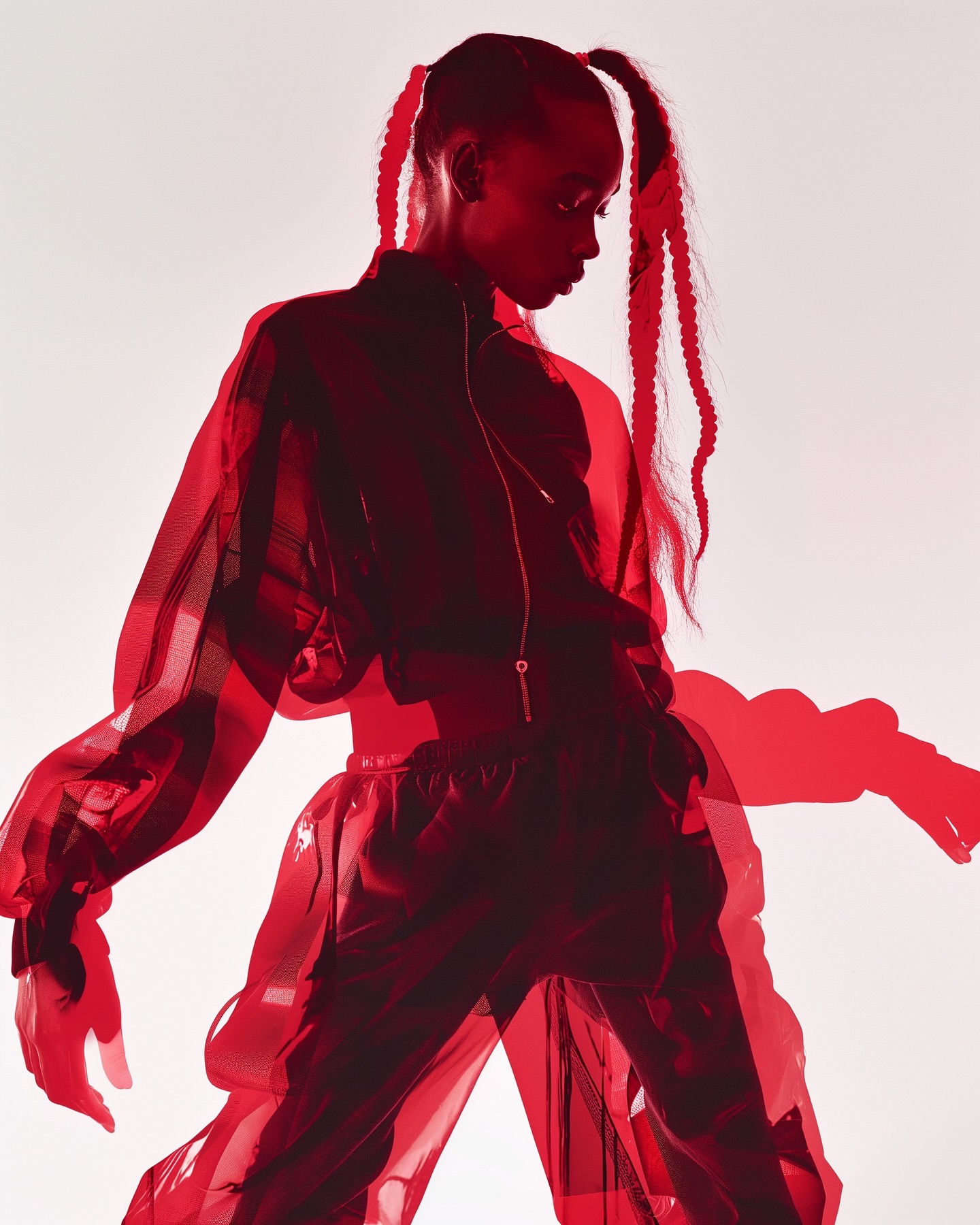
How do you balance the precision and control of traditional design with the sometimes unpredictable nature of AI-generated art?
I approach generative AI as collaborative.
I don’t have the control I would if I were to design something with traditional tools so I go with the flow and the direction can shift if the AI interprets my words differently than I anticipated.
How do you decide when a piece is finished, especially when working with generative AI, which can produce endless variations?
A lot of the time it’s instinctual. I see something and think “this is the one”.
I think from years of working in a creative industry I’ve built a gut feeling for what I consider a finished piece. Typically I want to land on a single image that nails the concept, but I’ll post a set if I can’t pick a single image.
In what ways has working with AI expanded or changed your creative boundaries?
I think the biggest thing for me is having a creative outlet. Most creatives are fueled by success (insert your definition of success here). Ultimately I do this for myself, but it pushes me forward when I see that people appreciate what I’m doing.
I’ve also been able to connect with a lot of creatives from around the world which leads to collaborations – one of my favorite things is building something with other creative minds.
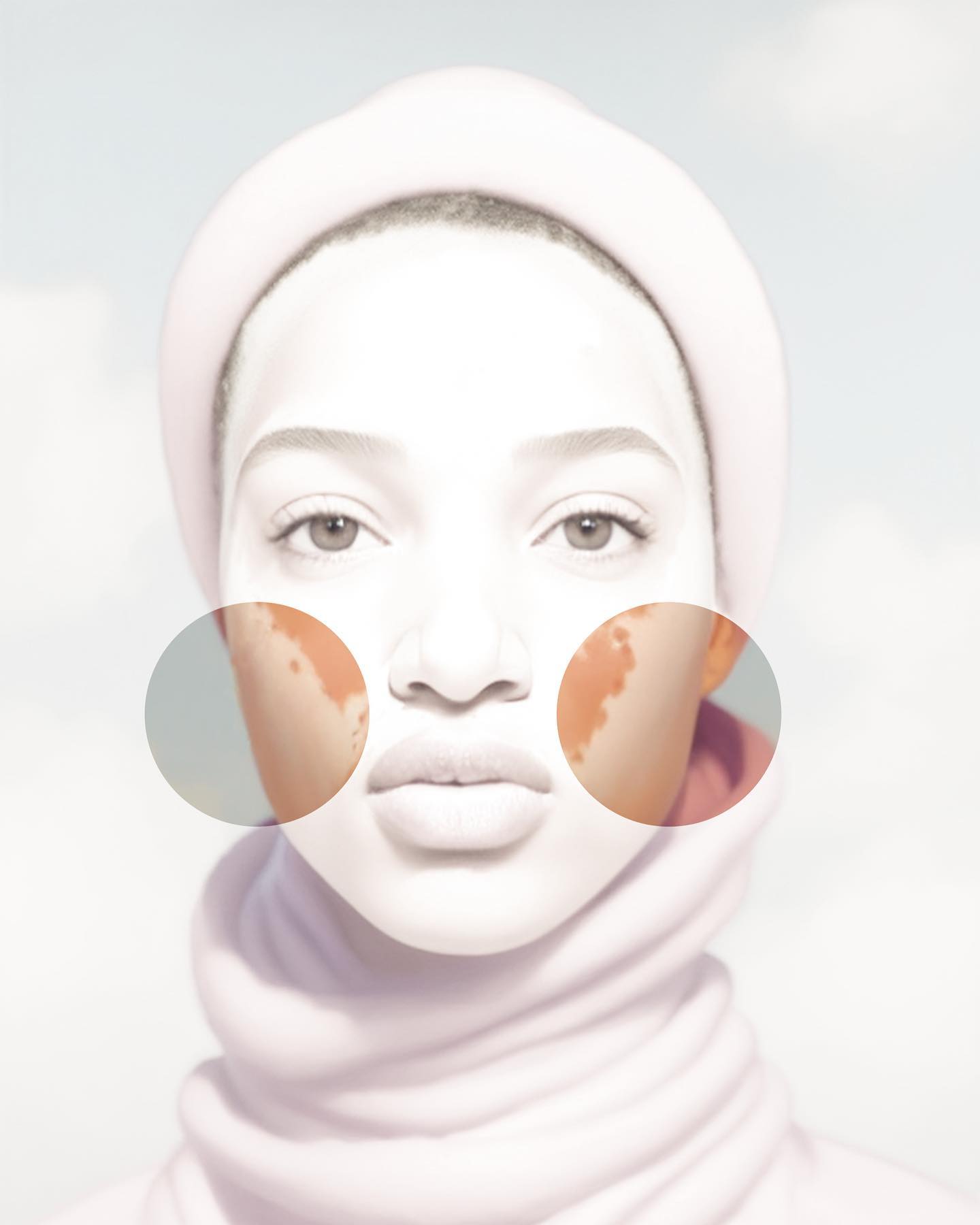
How do you see generative AI impacting the graphic design industry in the next 5-10 years?
The design landscape will look drastically different in 5 – 10 years. Some things will be completely automated with AI and likely replace some jobs.
We’ll see some sort of AI engrained in every workflow of design. I could even see some skillsets that are commonplace now be looked at as niche.
To boil it down,
Success in the design industry will rely on having an eye for quality, discerning judgment, and good ideas.
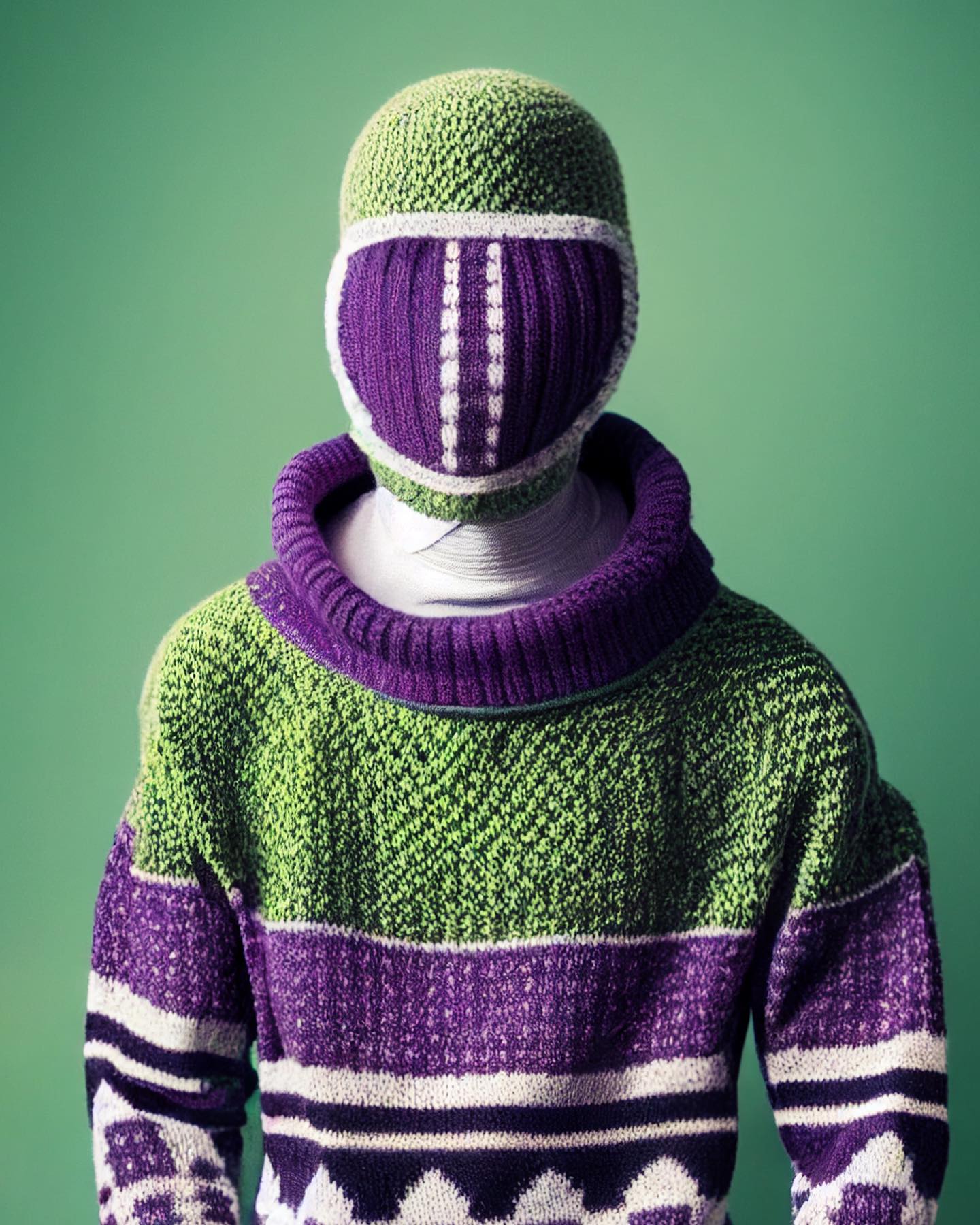
Do you think AI is going to hurt the careers of traditional designers and creatives?
I see AI as a game-changer for designers and creatives. While there’s concern about whether it might disrupt traditional roles, I believe it offers exciting possibilities for us. AI can take on mundane tasks and free up time for more of the fun projects.
For those willing to embrace AI, it can open new opportunities outside of the traditional skills you have and push the boundaries of what’s possible. There is a learning curve and it’s only getting steeper as AI grows exponentially.
I see it as an opportunity. It’s like having a new set of tools in our creative arsenal. By incorporating AI into our workflow, we can streamline processes, increase efficiency, and ultimately deliver better results.
There may be challenges along the way, but isn’t that what creativity is all about? Adapting to change, finding new ways to express ourselves, and pushing the limits of our craft. So, rather than fearing AI, embrace it as a partner in our creativity, opening up new avenues for innovation and collaboration. Throughout our careers (and all of life) we have to adapt to survive, the advent of AI is no different.
Can AI act as a catalyst to help professionals in the creative fields not only adapt but also thrive?
Most definitely, AI can streamline tasks and allow creatives to focus on the aspects that bring them joy. A dream come true. 🤩
Do you think AI democratizes creativity?
I remember as a kid wishing that I could just think of something in my head and it would appear in front of me. We’ve essentially made it to that point!
I’ve had conversations with many people without creative backgrounds who have never had the technical skills or resources to bring their ideas to life,
but with generative AI, there are no boundaries—if you can type, you can create.
This shift will lead to a more diverse and inclusive landscape of creative output. It’s quite exciting actually, because great ideas can come from anyone, not just those dubbed with a creative title.
How do you think more people having access to powerful creative AI tools and assistance is going to change the landscape of creative expression in the future?
AI tools will democratize creative expression, leading to diversity and innovation.
More people will be able to explore their creativity, regardless of background or expertise. This accessibility will lead to a richer and more inclusive creative landscape, as individuals harness AI to experiment, collaborate, and push the boundaries of traditional artistic mediums.
I speak from a visual artist’s perspective, but this applies to all creative expression.
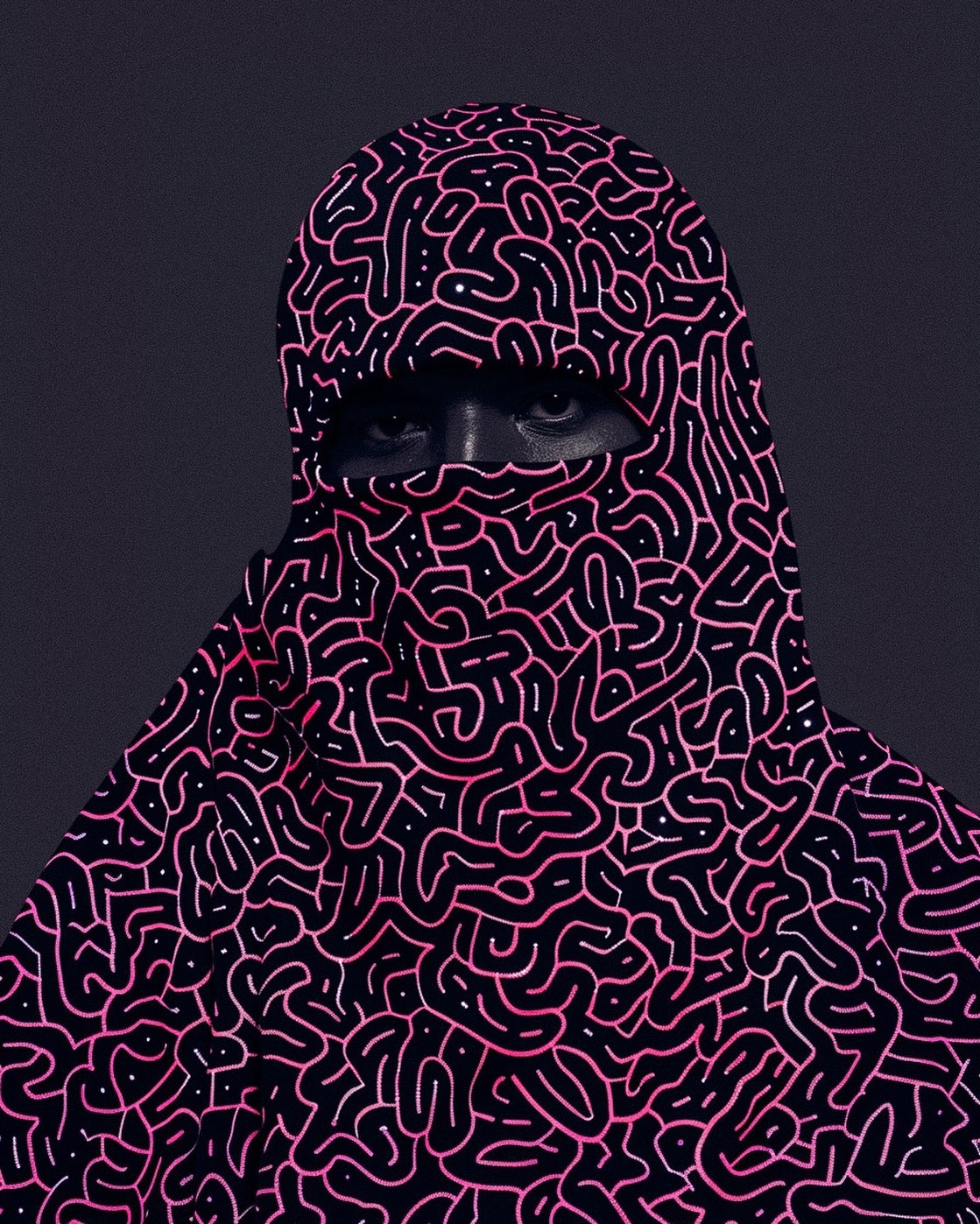
What is your stance on transparency regarding the use of AI in the creation of artworks? Should artists disclose the extent to which AI was involved in the creative process?
I don’t think anyone should try to hide the use of AI regardless of the extent that it’s used in a final piece.
Generative AI is very polarizing amongst creatives. Out of respect for those with conflicting opinions of mine, I do my best to state whether I’ve used AI and hope that it starts a conversation.
Regardless, the question will go from “is it AI or is it not?” to “is it tasteful or is it a strong idea?”
A lot of creatives have been told “concept is king” – you have to have a strong idea for it to be impactful – AI is going to take this to a whole new level.
Do you believe AI-generated art/design enhances or dilutes the appreciation for human creativity and craftsmanship?
I think it could push certain aspects of human creative skills into niche categories.
Think hand lettered signs. At one point every sign you saw was hand lettered, jump ahead a few years and the majority is now printed or vinyl. But we still have hand lettered signs for those that appreciate it and think it brings value.
Scarcity often drives value, so I think that the appreciation for human creativity will still be highly appreciated if not more so. We have to remember that there is still a human element to AI 😉.
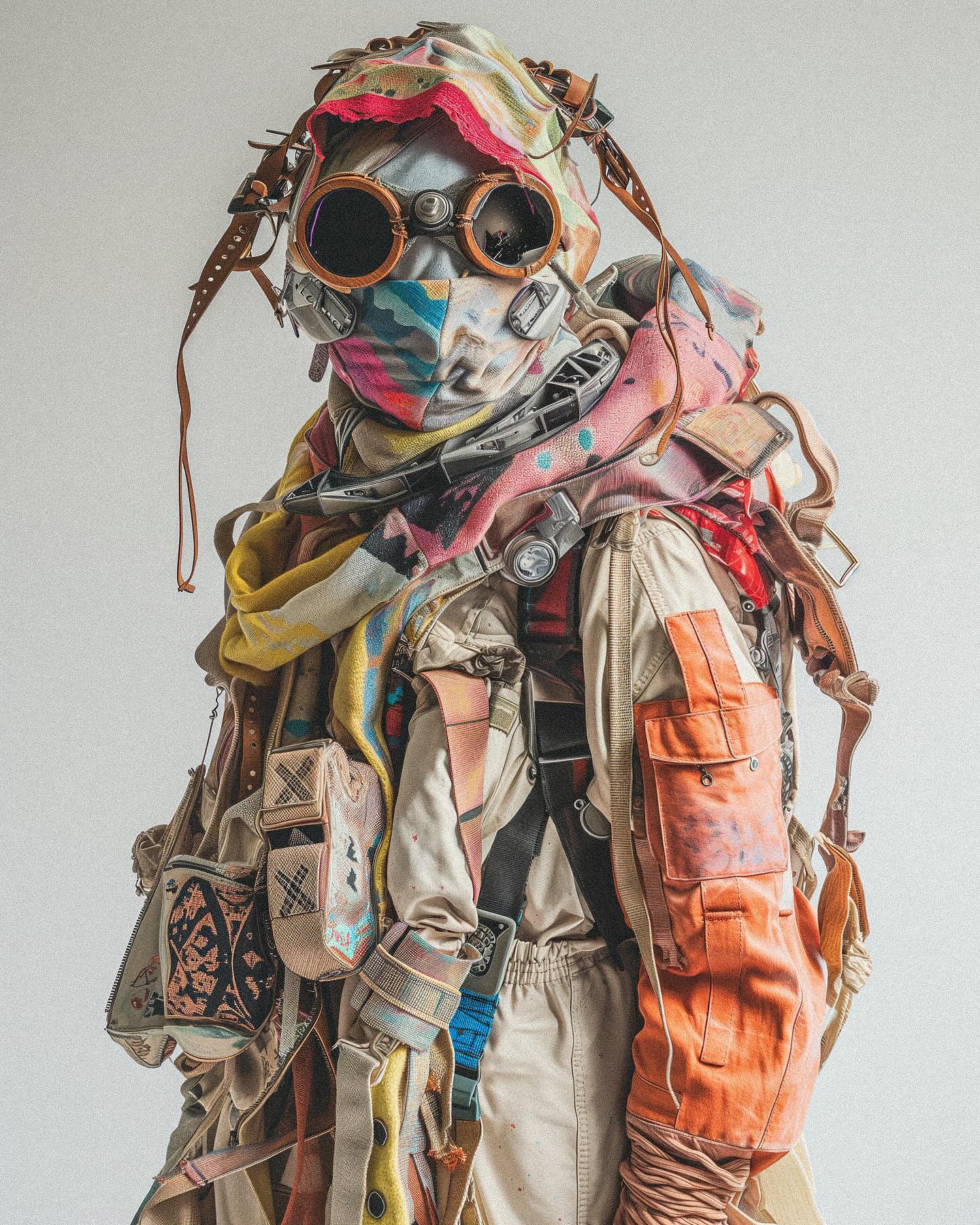
The Top 3
Top 3 words to describe your AI-generated work
- Experimental
- Minimalist
- Impactful
Top 3 AI creatives whose work stands out to you
I really like the ones that have work that stands out. There’s a lot of rinse and repeat with how accessible generative AI has become. I’ve got a long list of people I would put on here, but here are 3 I’m all about right now.
- ai_directress
She’s doing really cool things right now. Unique art direction combined with Her background in design and motion is really elevating the work she’s doing in the AI space.
- dinodeslettresai
He’s bringing some good flavor to the space. Mysterious and cinematic.
- floam.world
I love the dedication to this surreal conceptual floam world. Really cool out there ideas. She’s also converging her design and 3D skills to bring the pieces and story to life.
Top 3 improvements you wish to see in current AI tools
- I’d really like to see a leap in quality and resolution across still and video tools.
- 1 tool to rule them all. Generating images, in painting, upscaling. There are a few tools that are jack of all trades, but none are a master of all.
- Better interfaces for generative AI tools.
Top 3 advice for creatives considering starting to experiment with AI
- Start with what you know
If you have a creative background, generate things that are familiar to help you get used to the tools.
- Embrace experimentation
These tools offer endless possibilities to bring your ideas to life.
- Collaborate
With the AI, with other creatives, with your own ideas.
Thank you so much Tim for setting apart some time for this interview and generously sharing your journey, insights, and ethical considerations about the use of generative AI in the creative industry.
We share your hope for future where AI’s integration into creative workflows is ubiquitous and AI becomes a liberating force that can free creatives to pursue more innovative and fulfilling projects!
 ☰
☰
